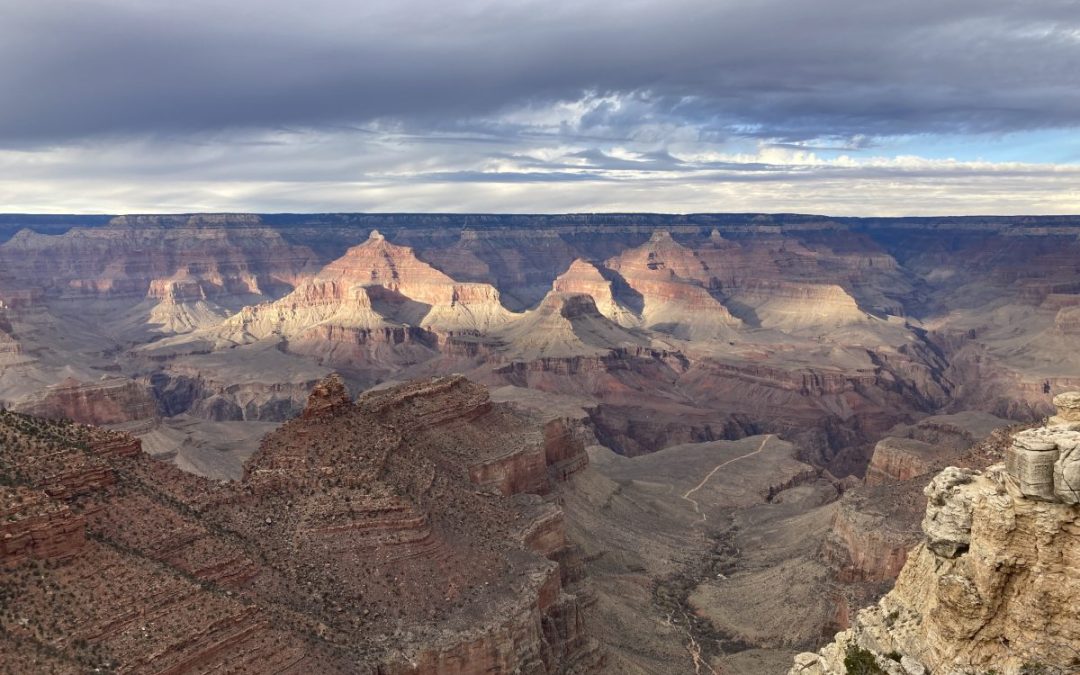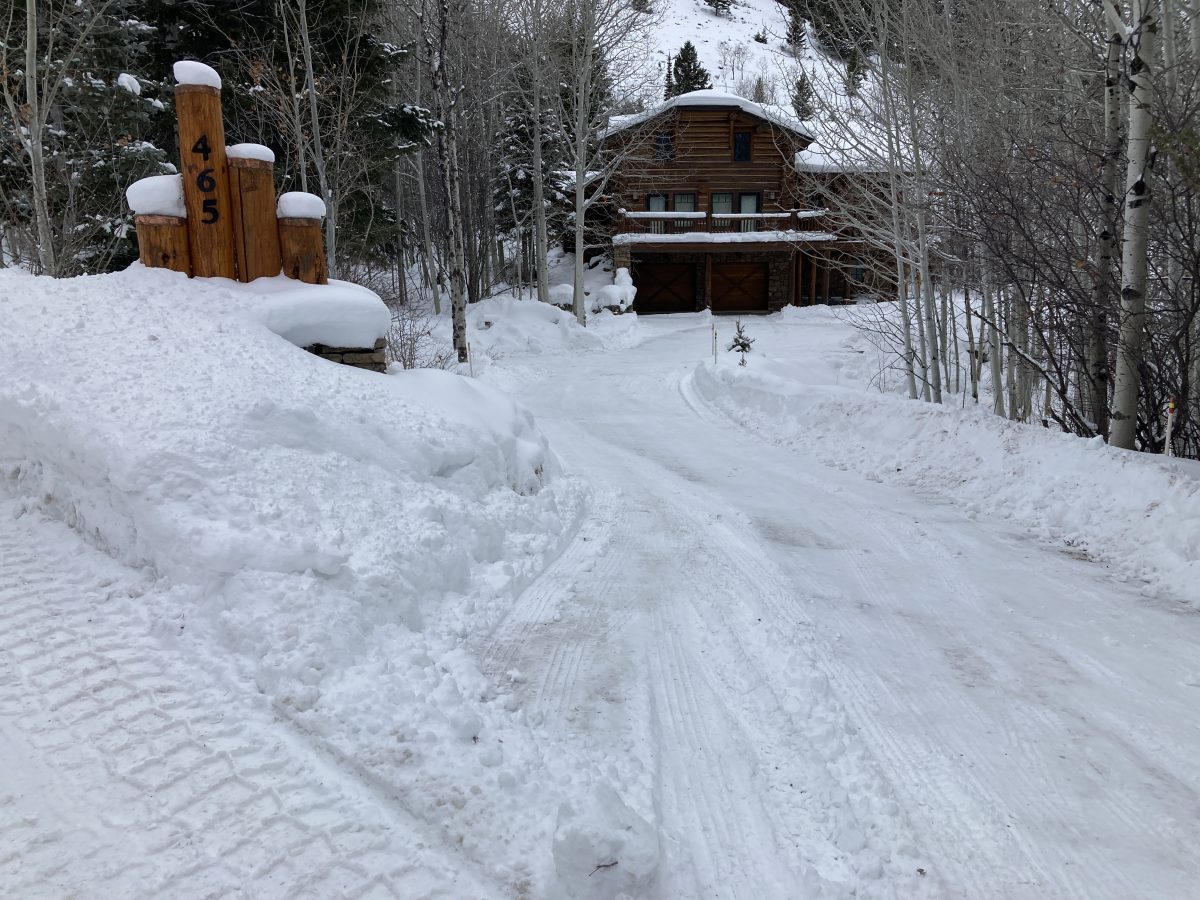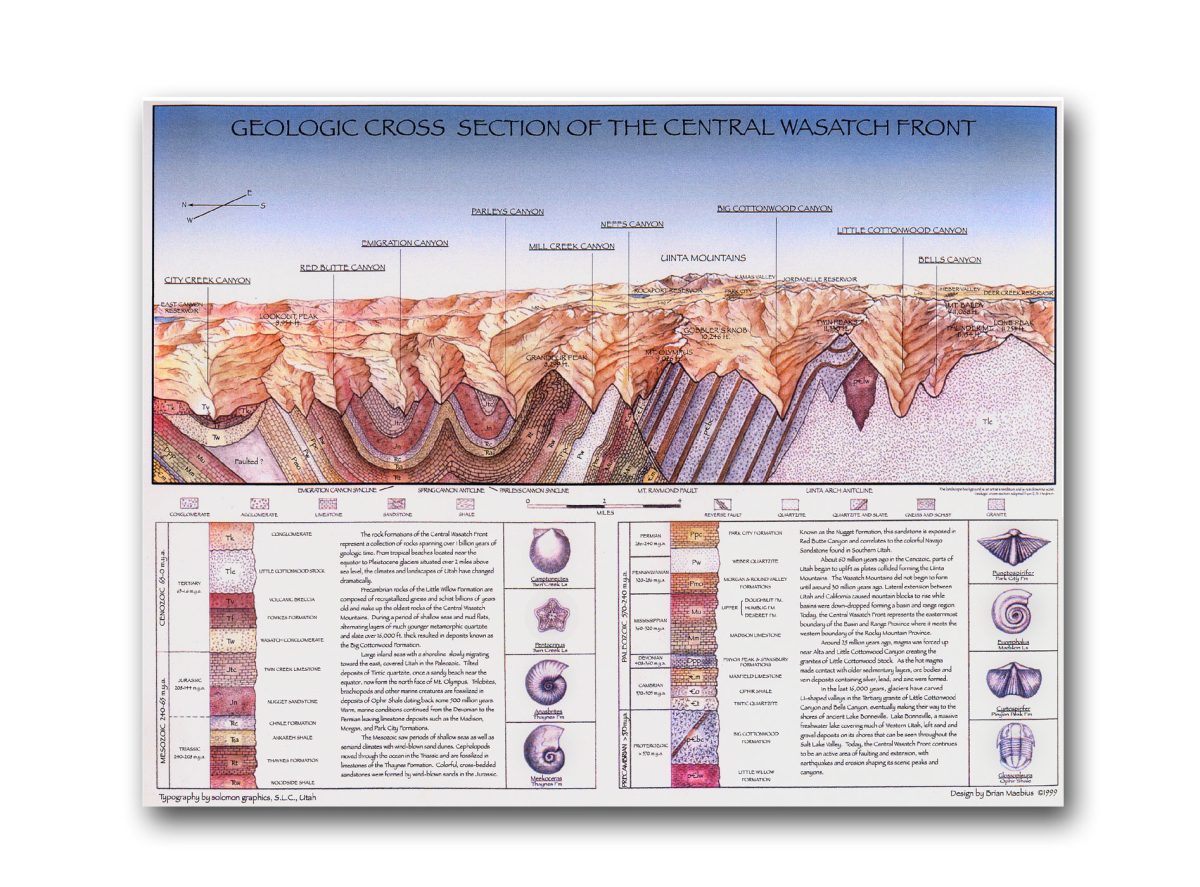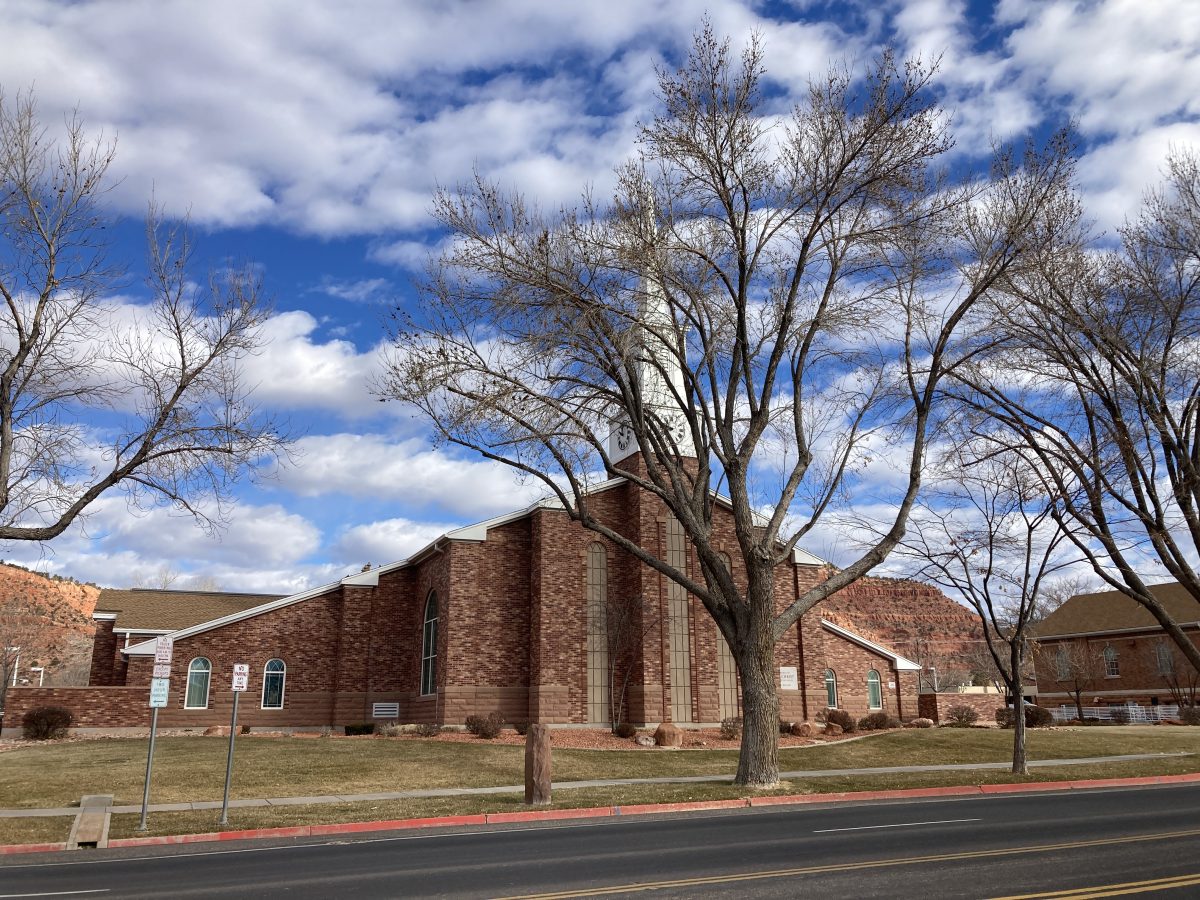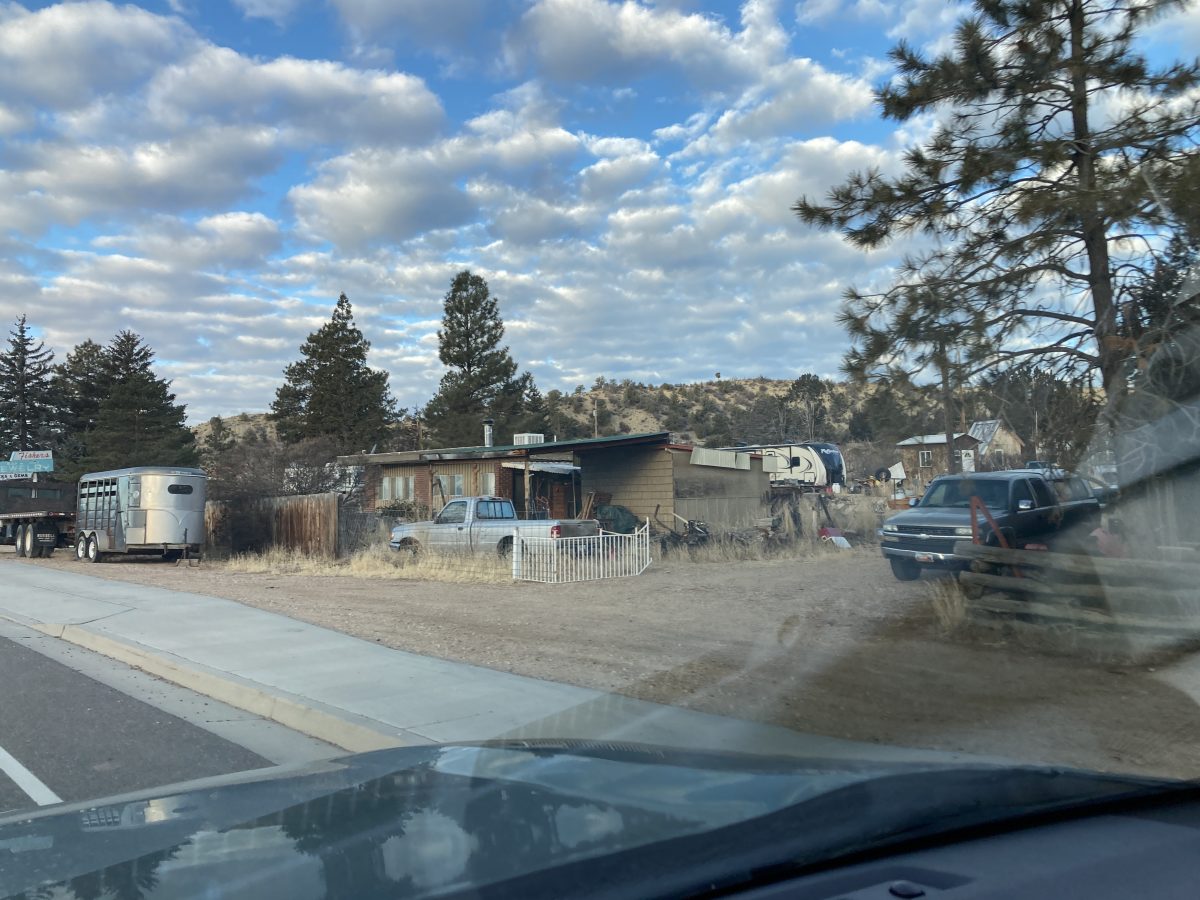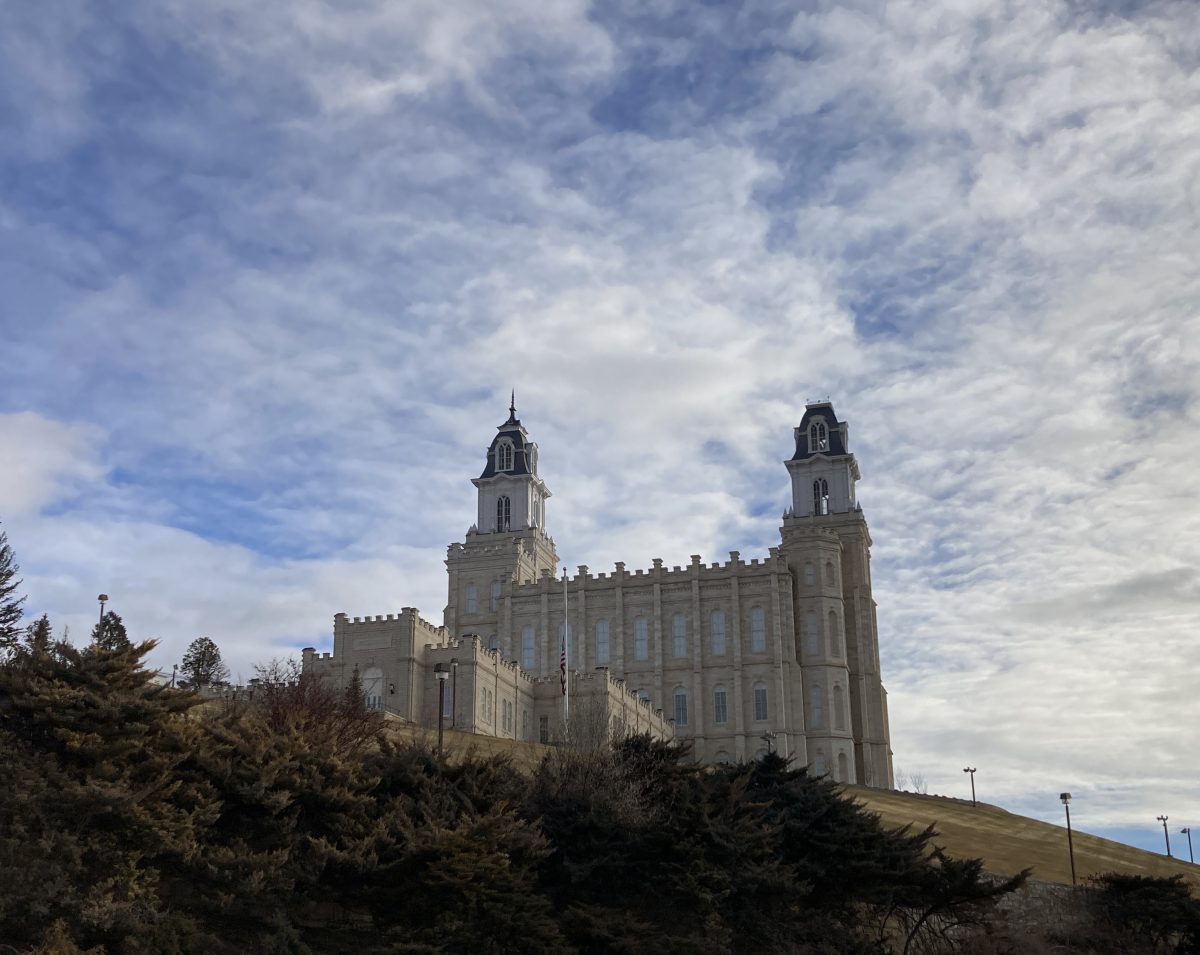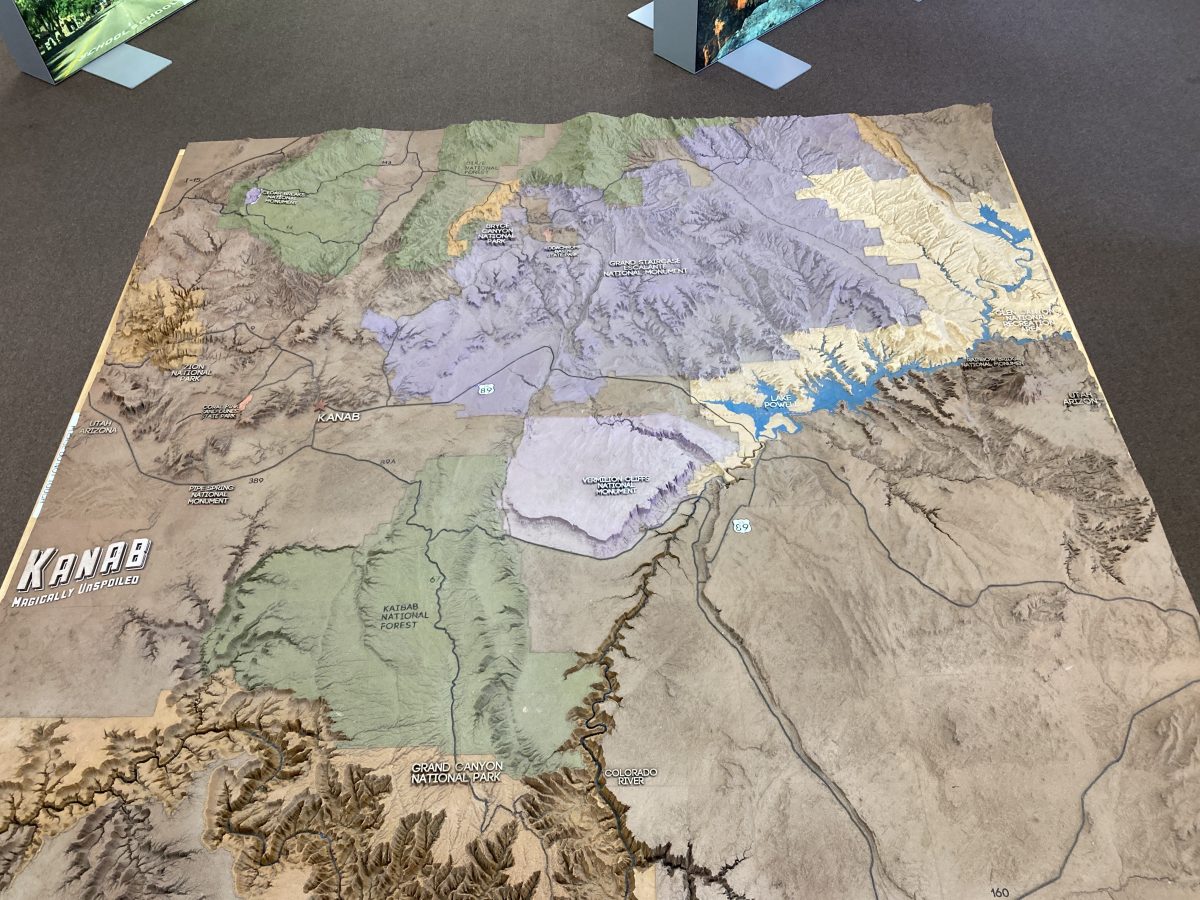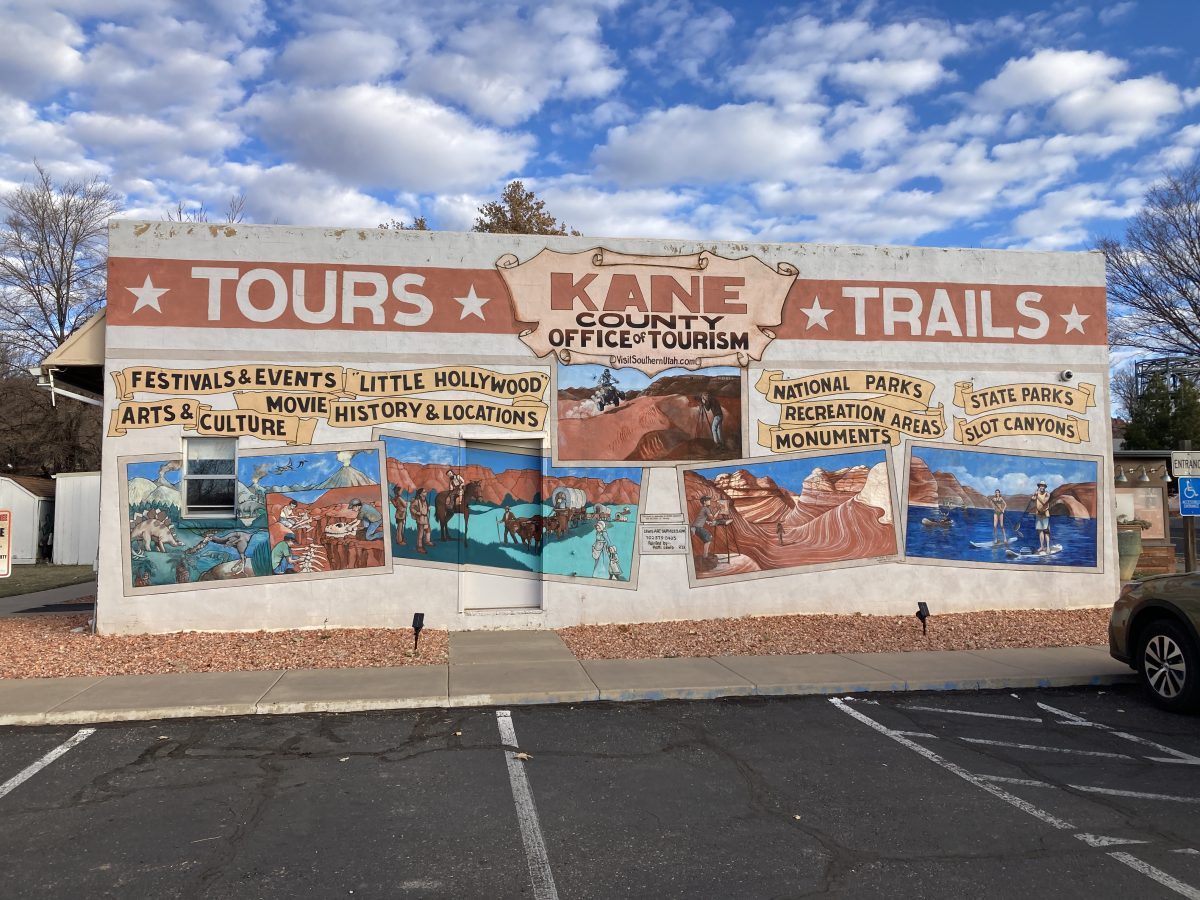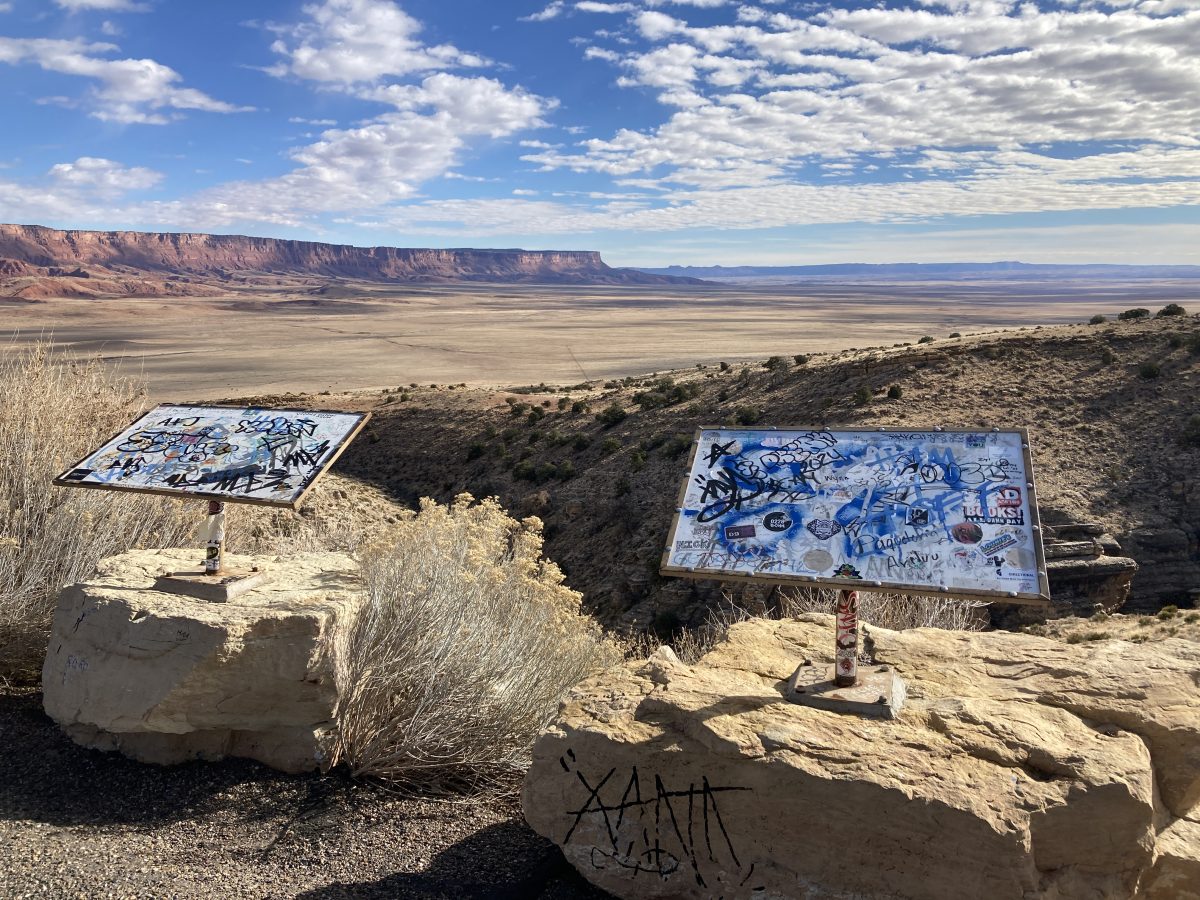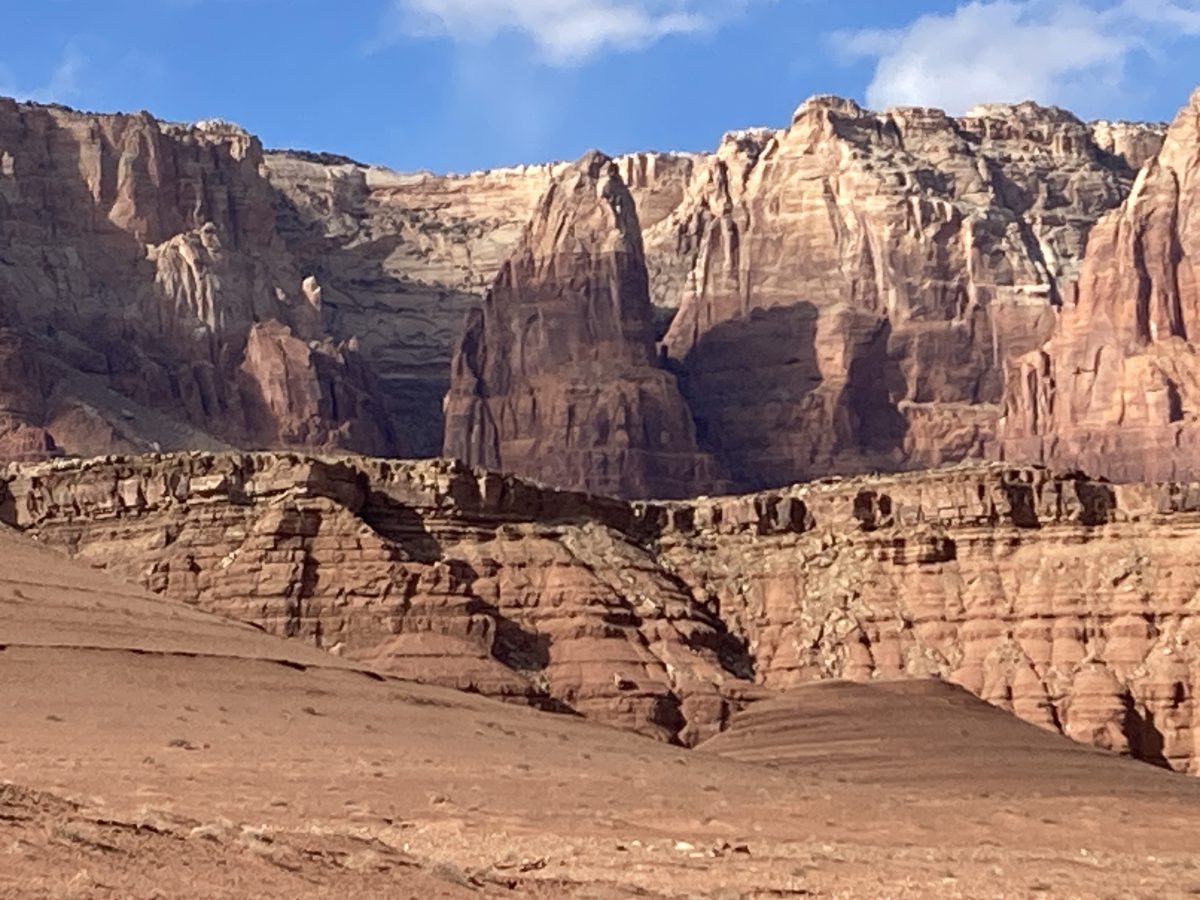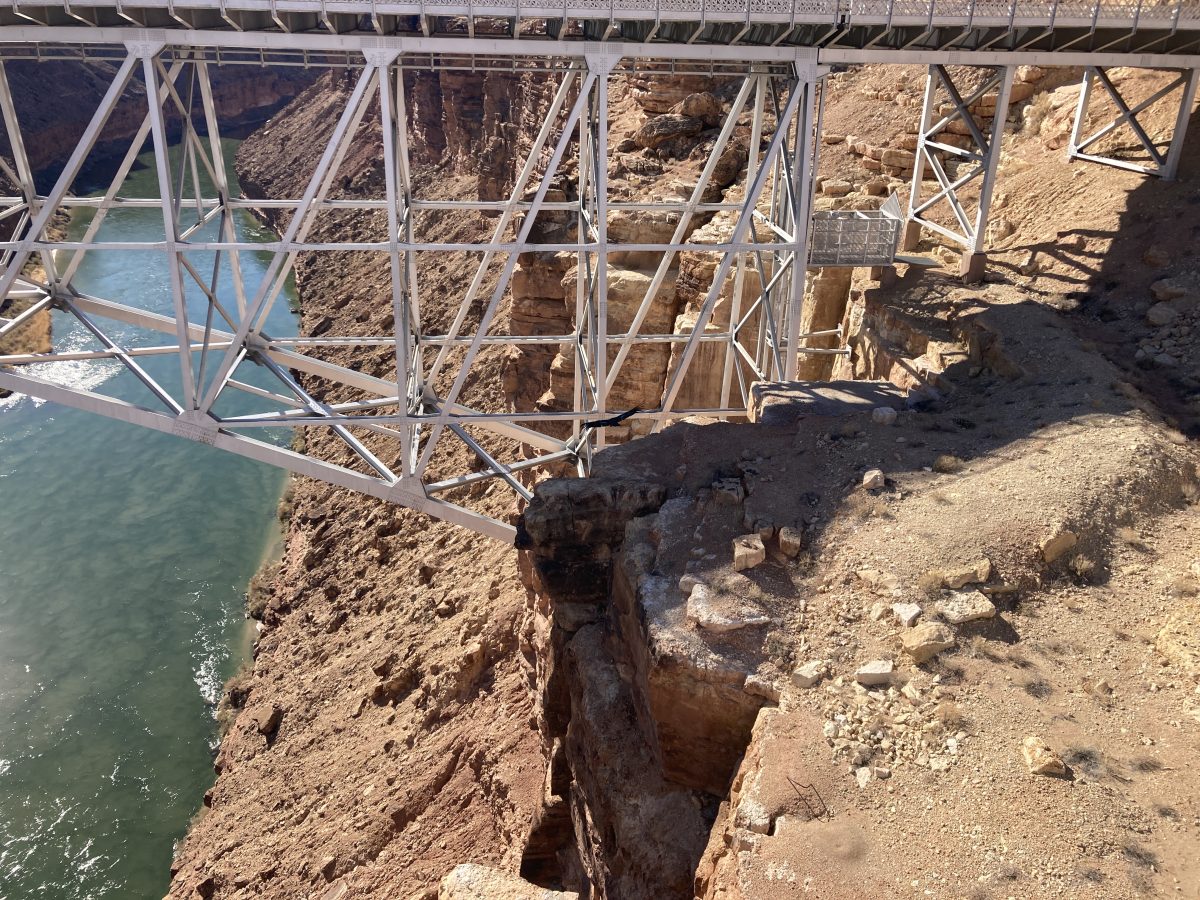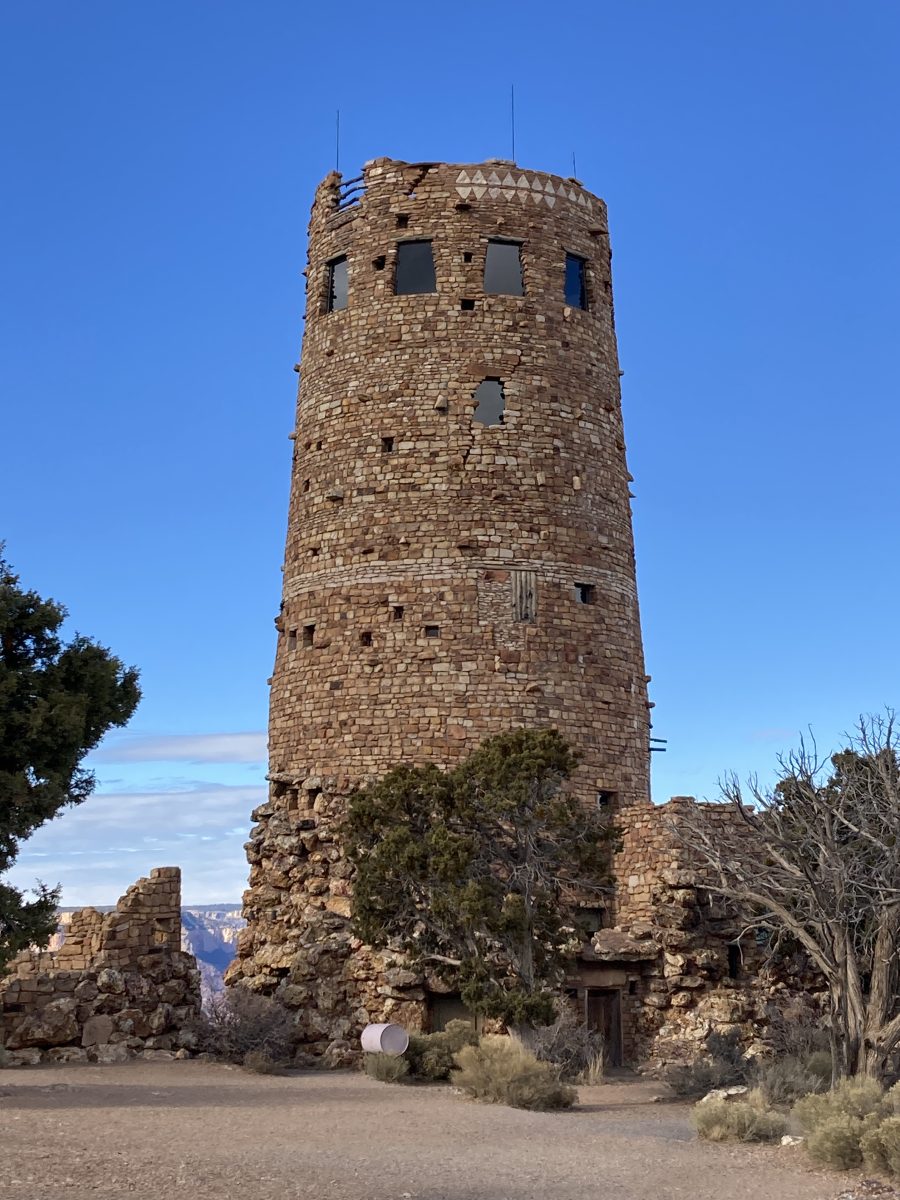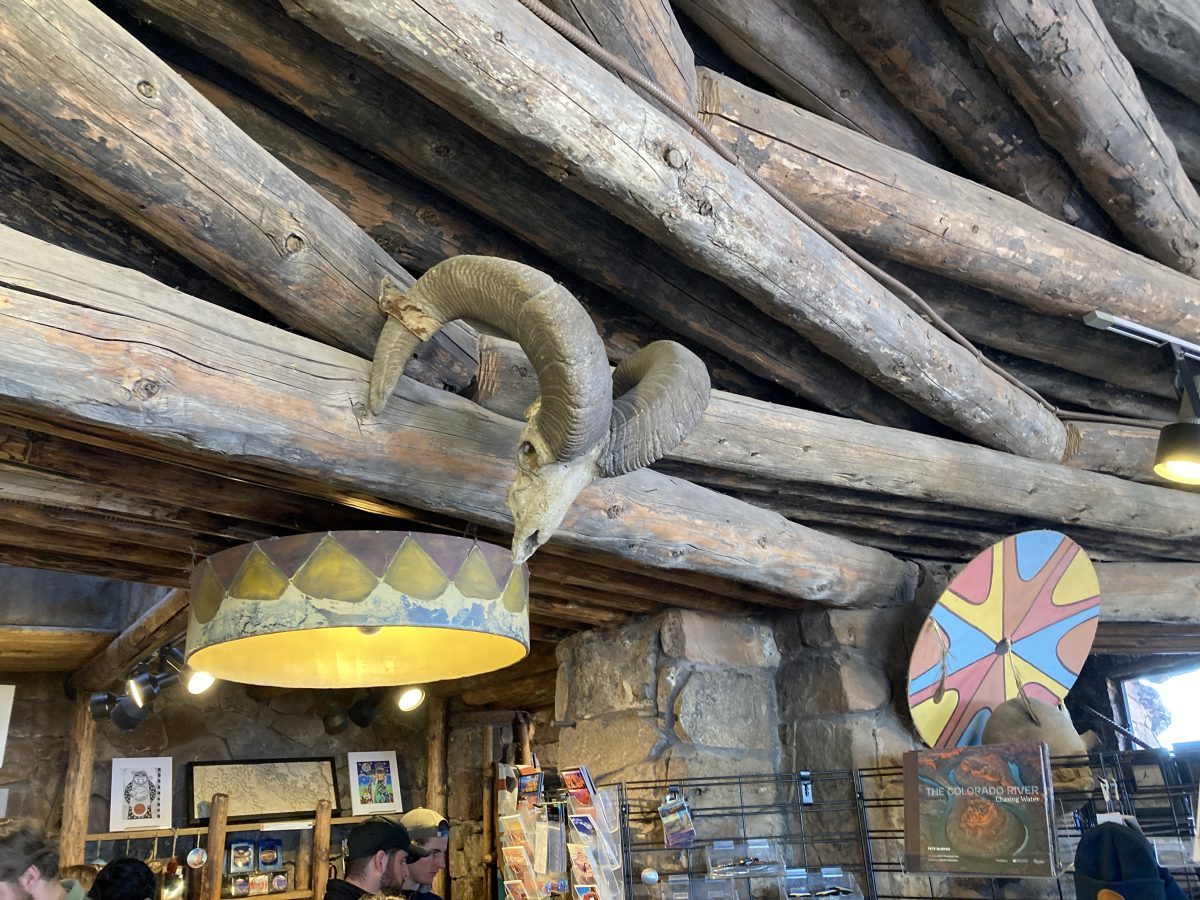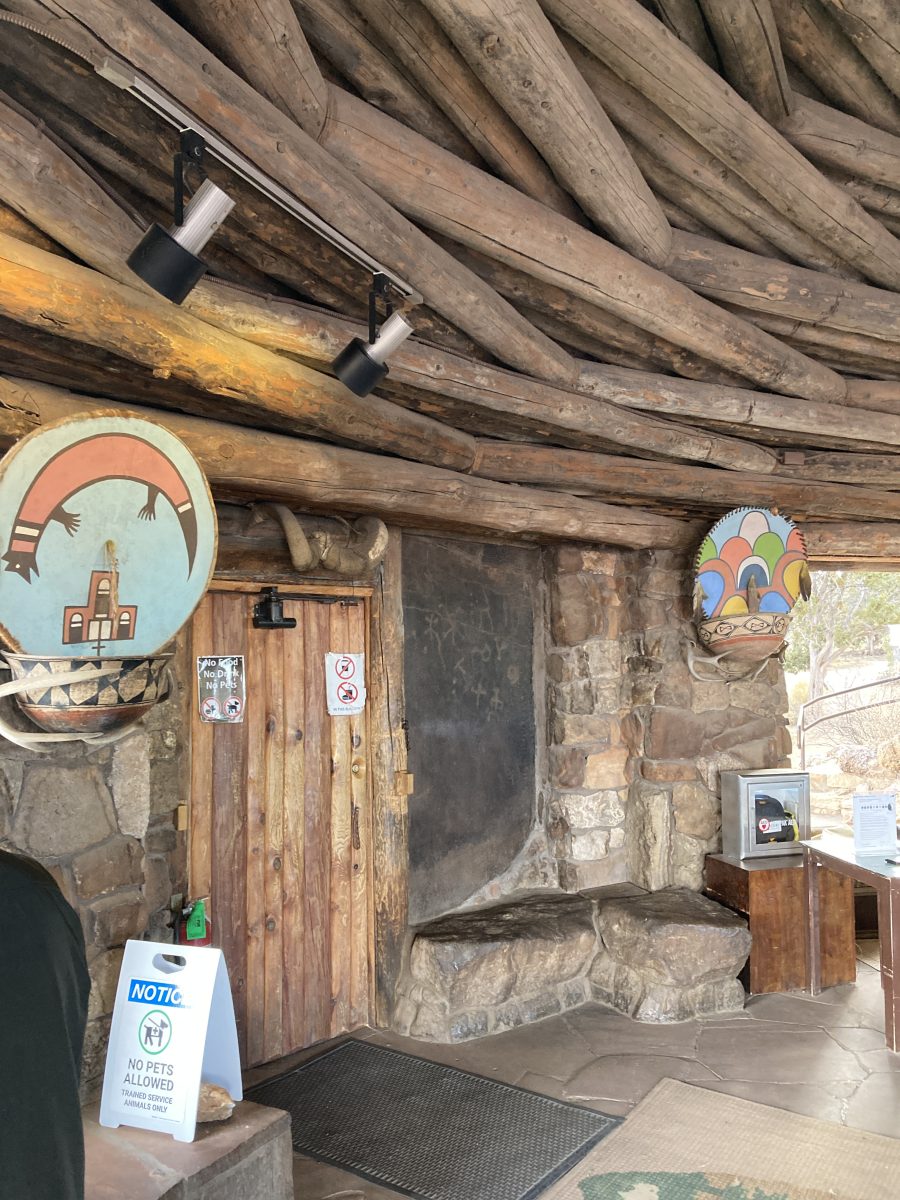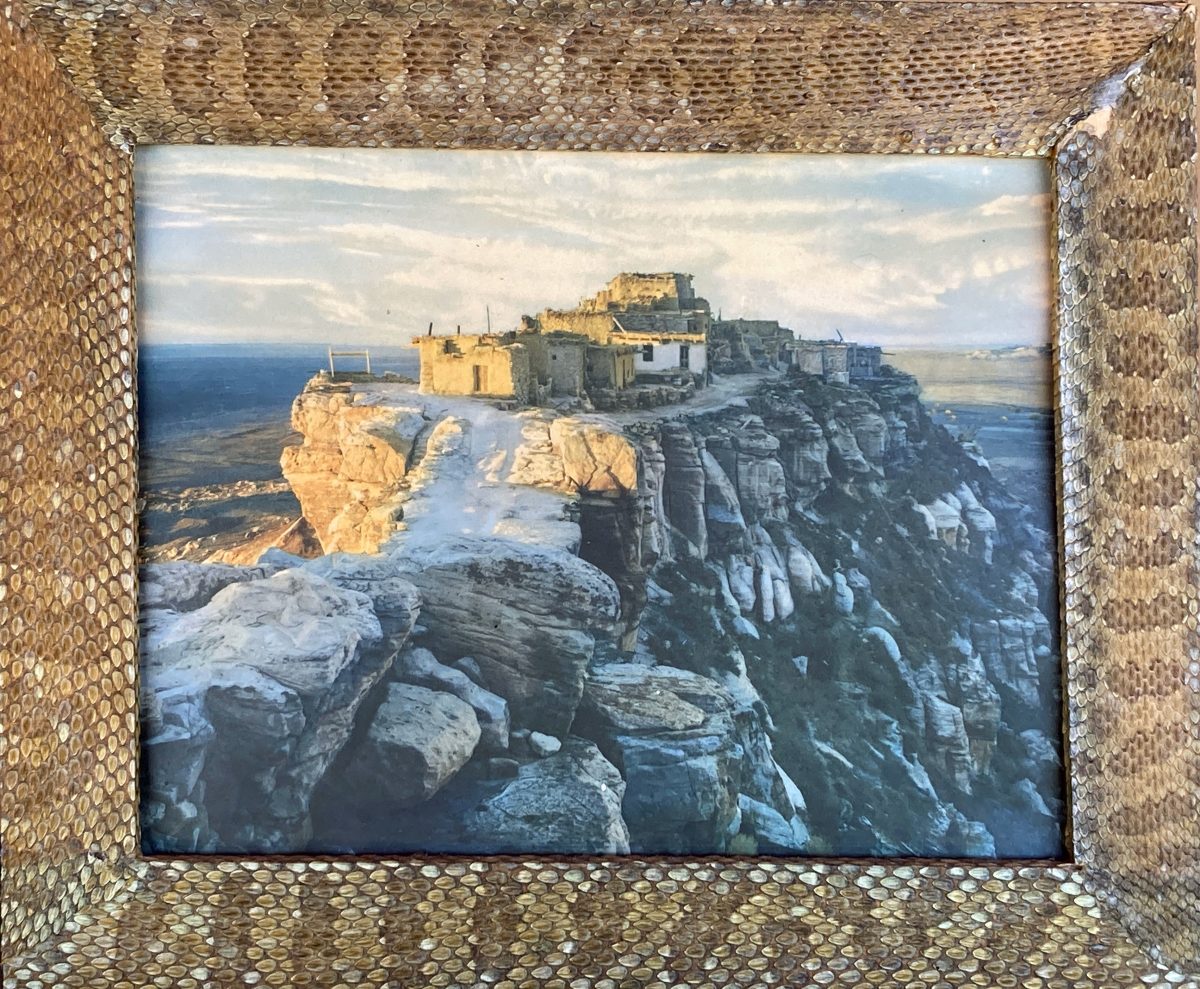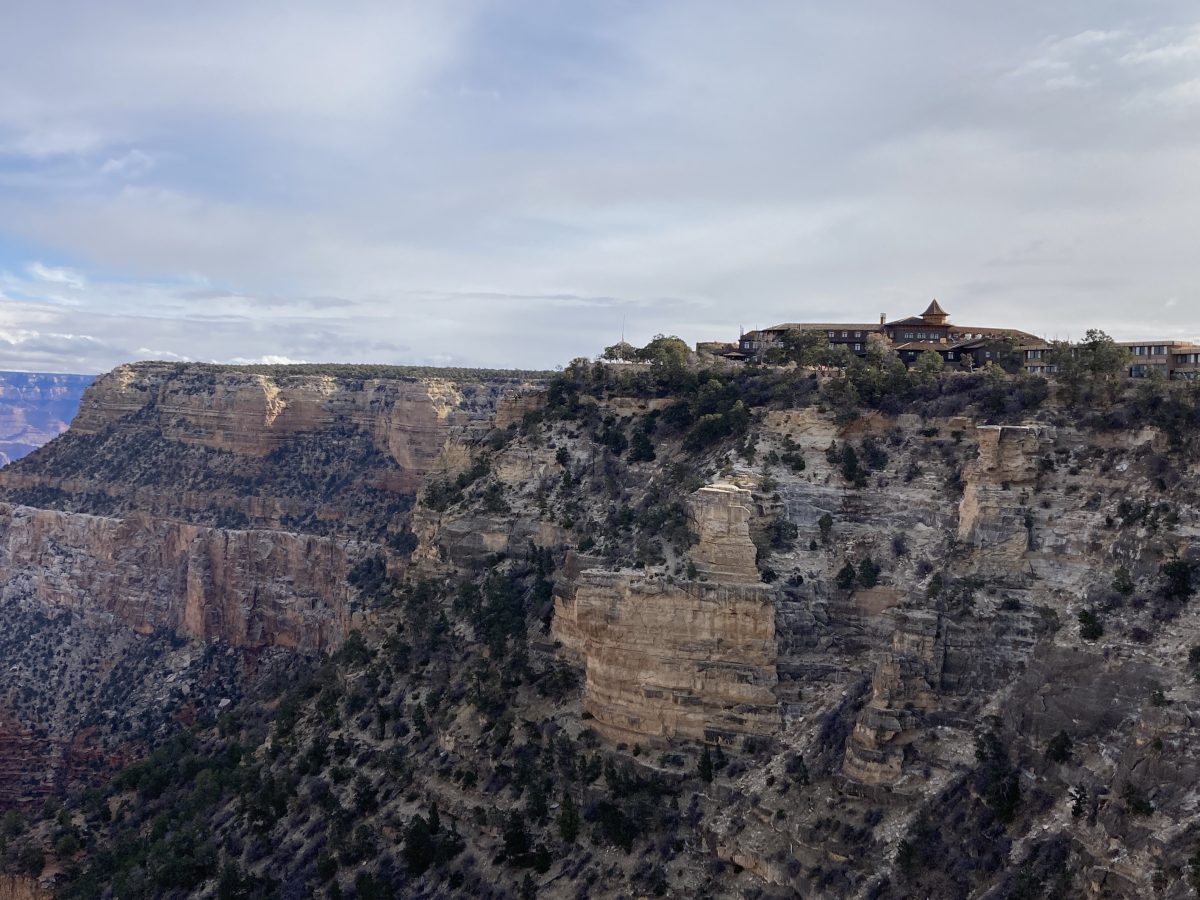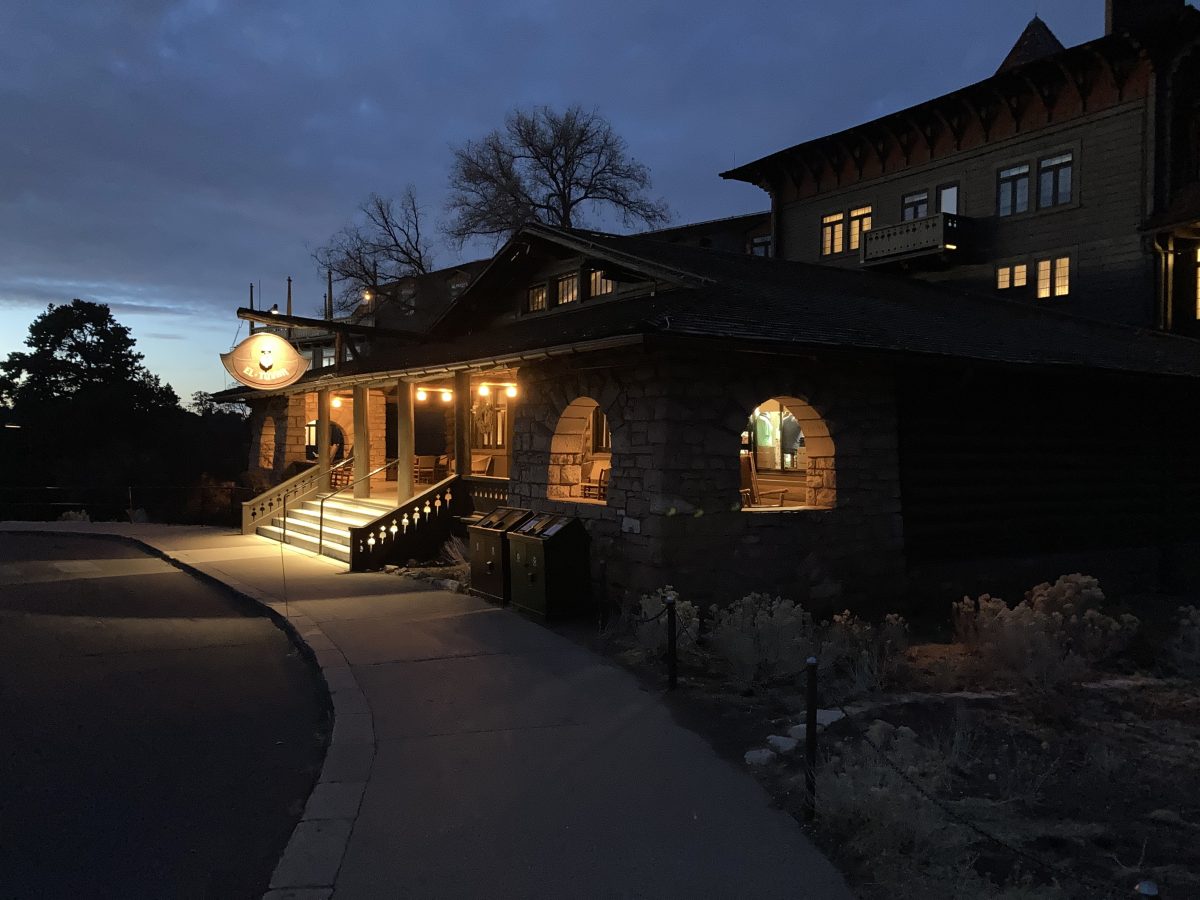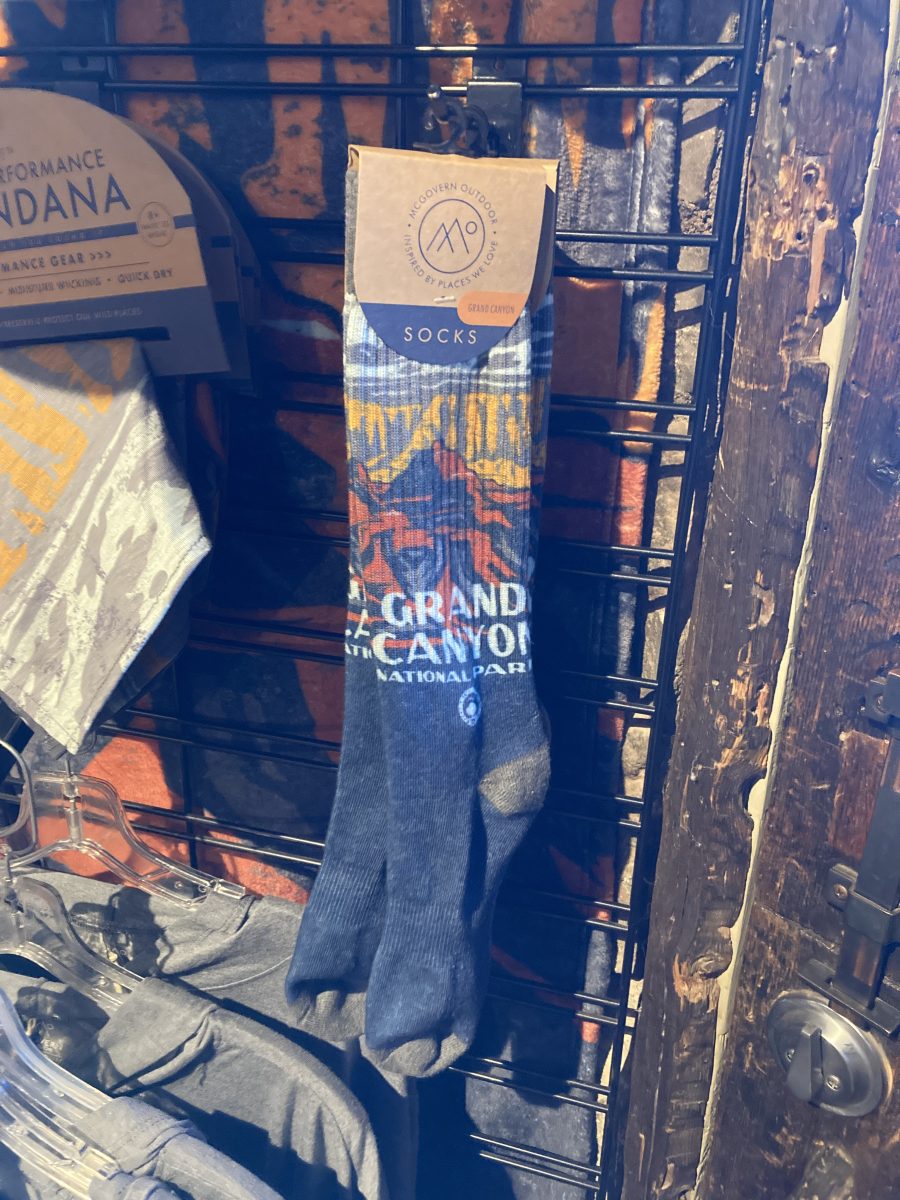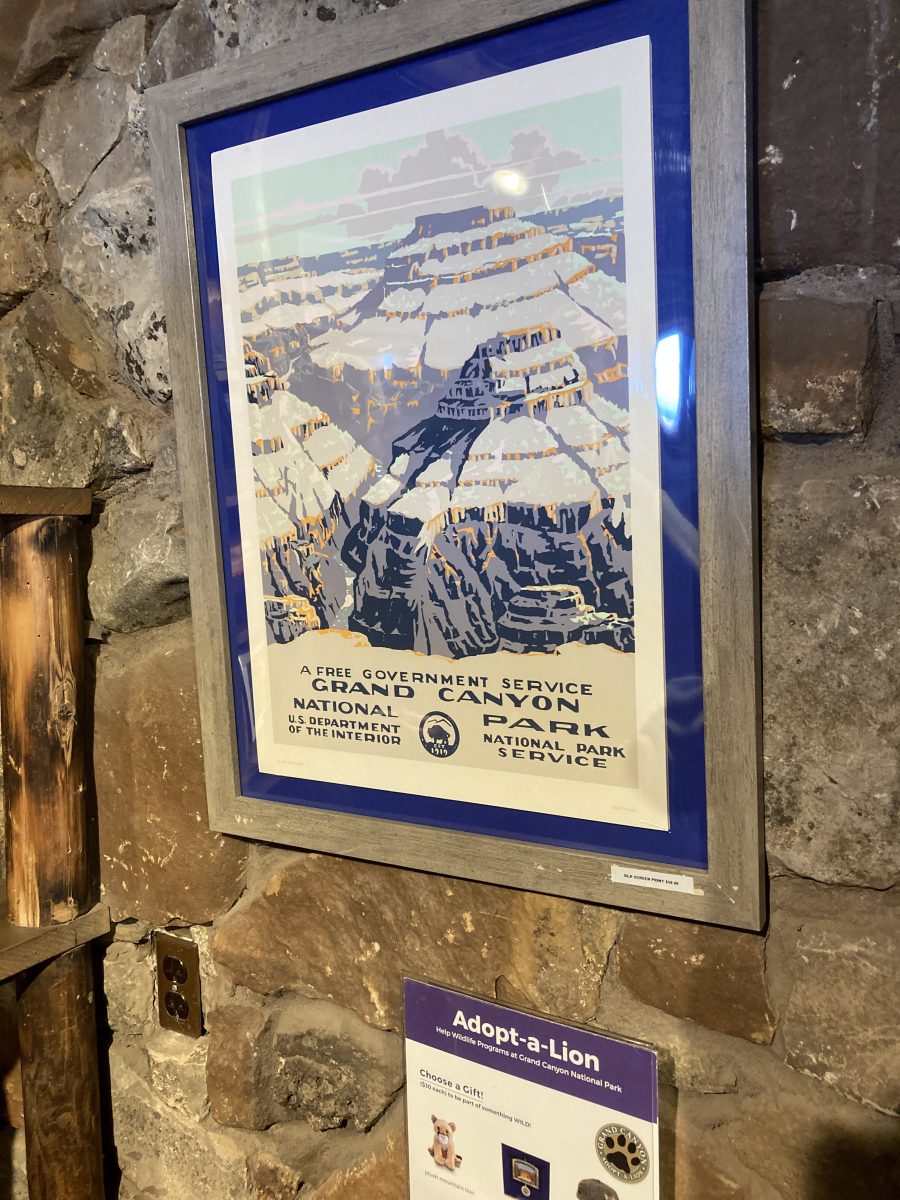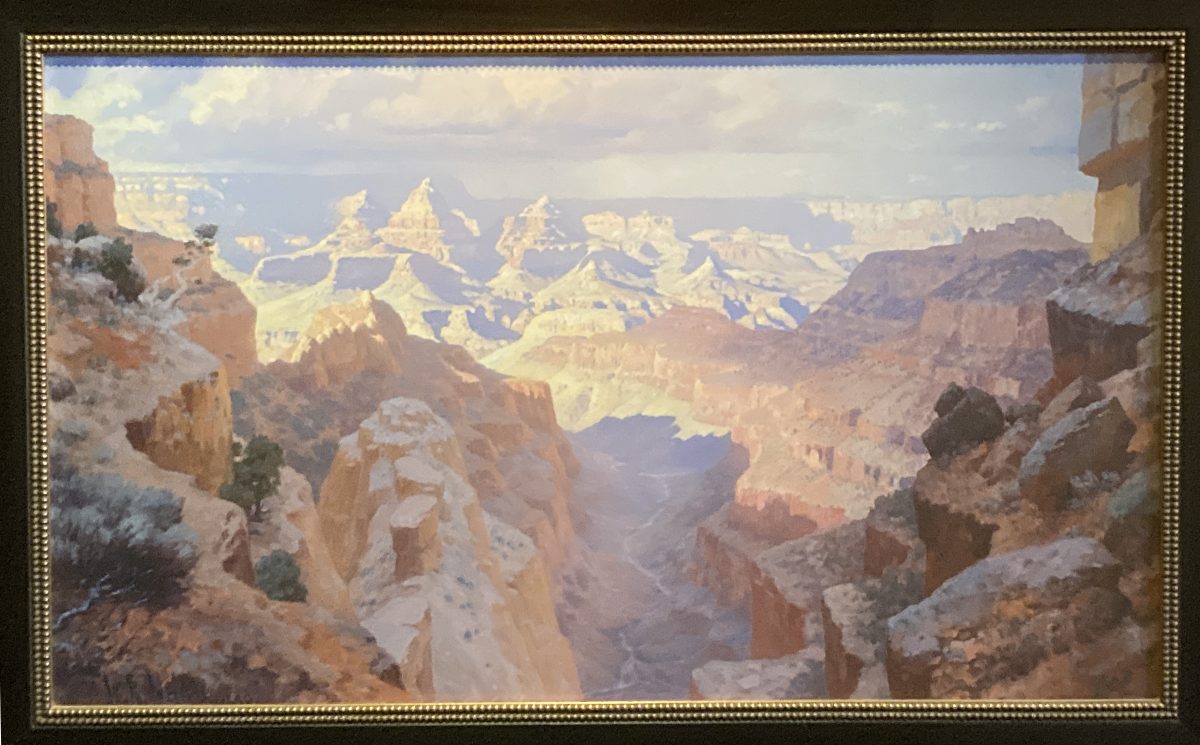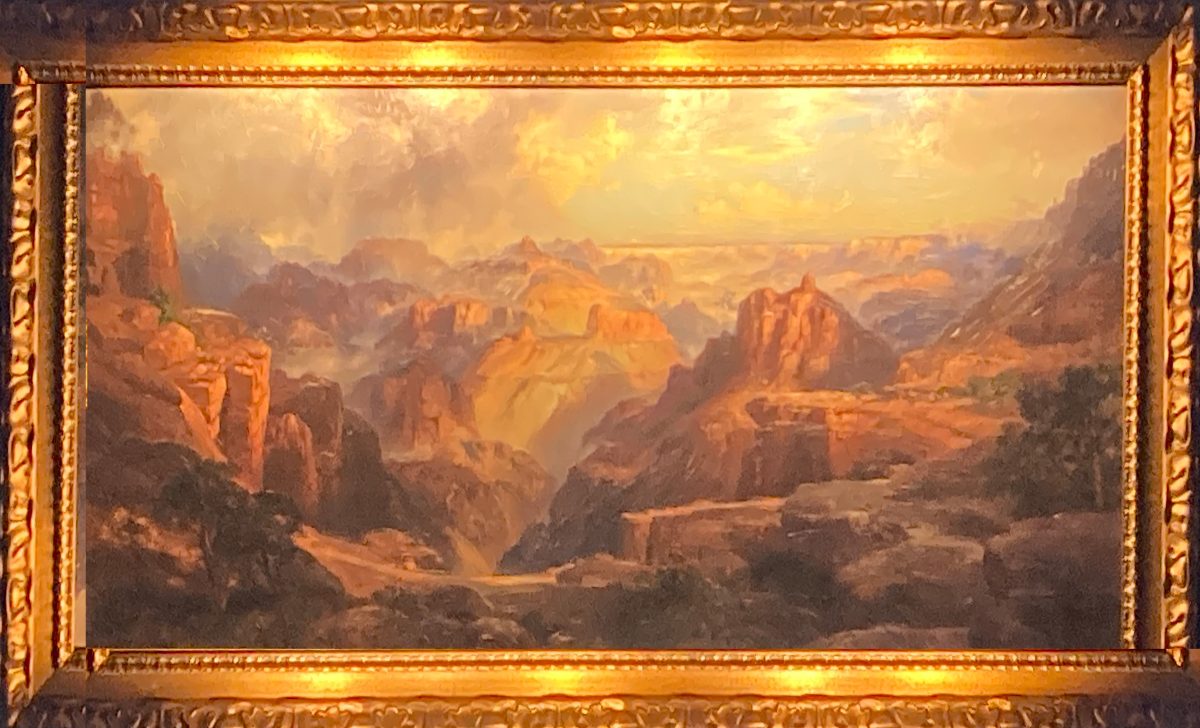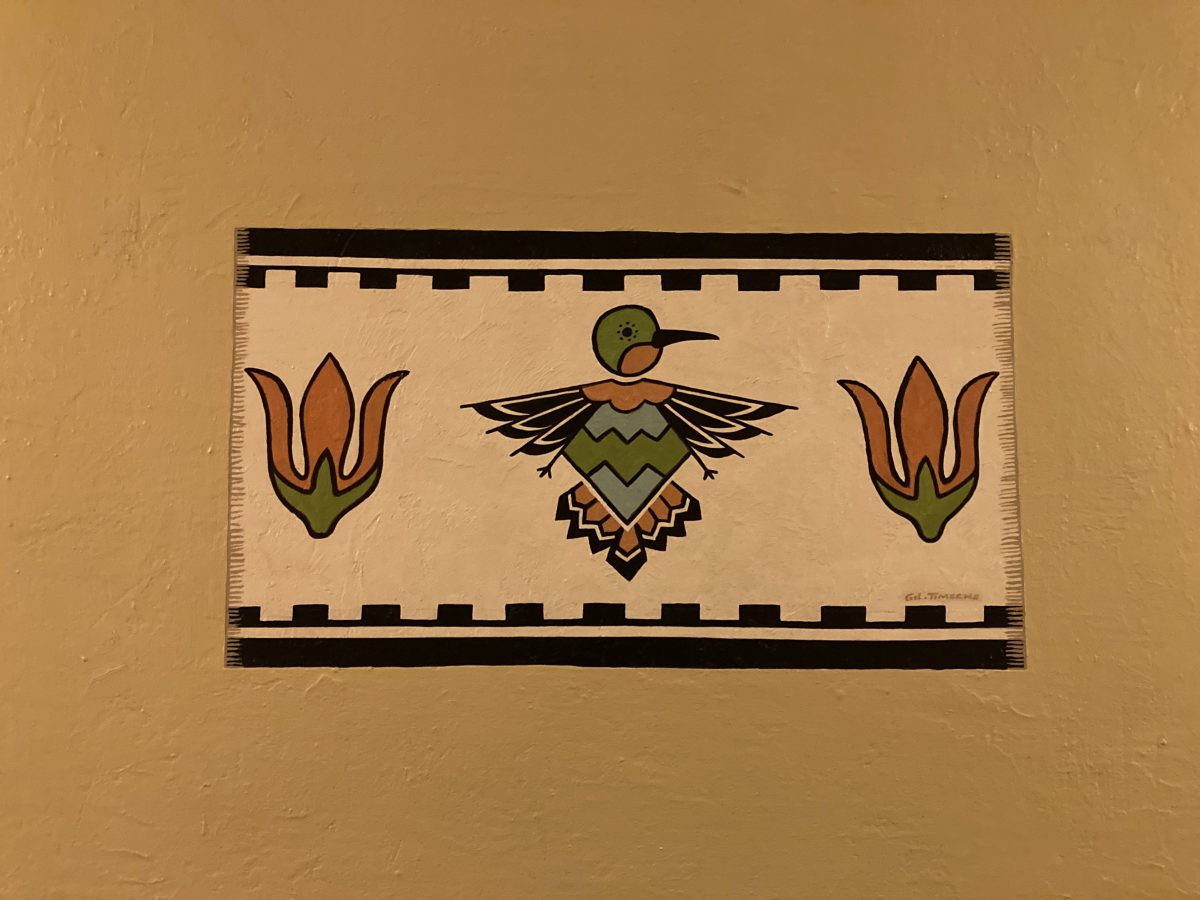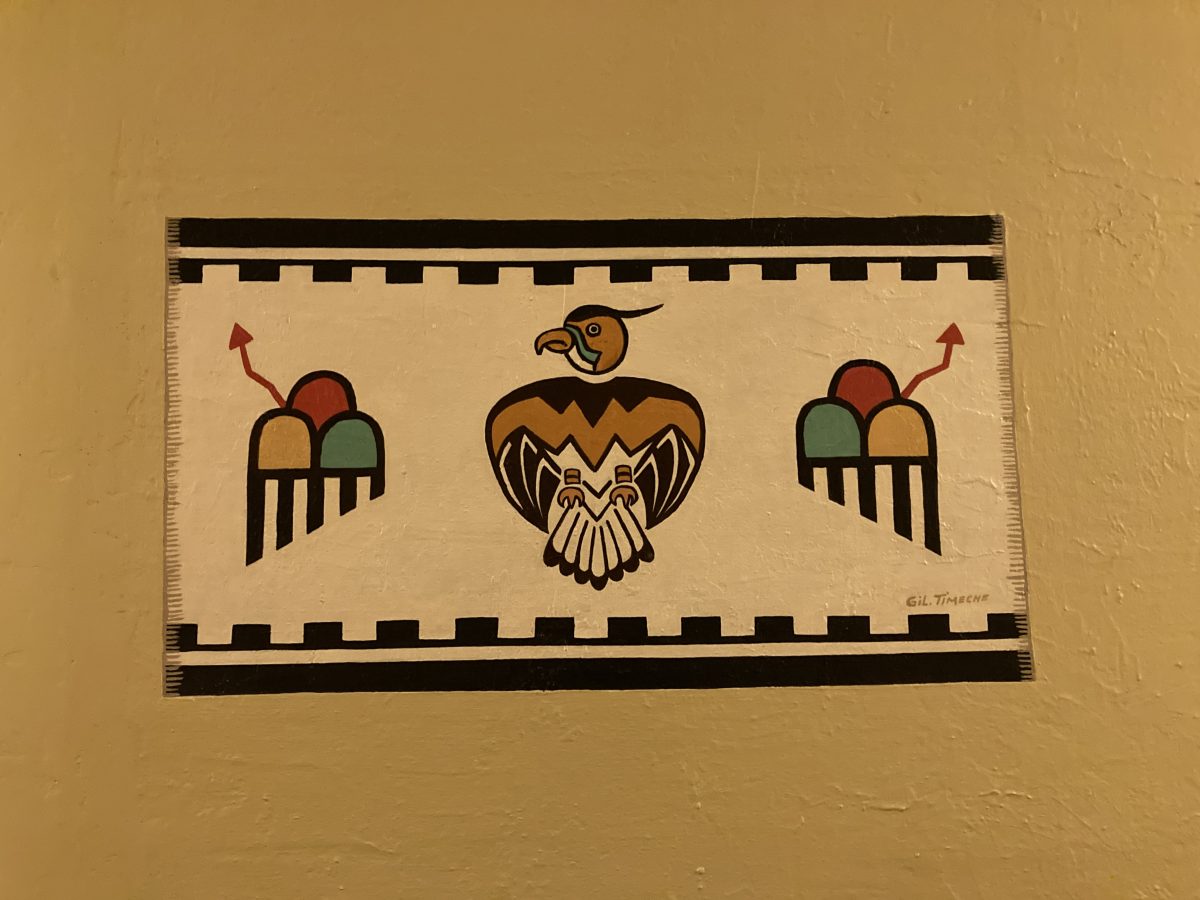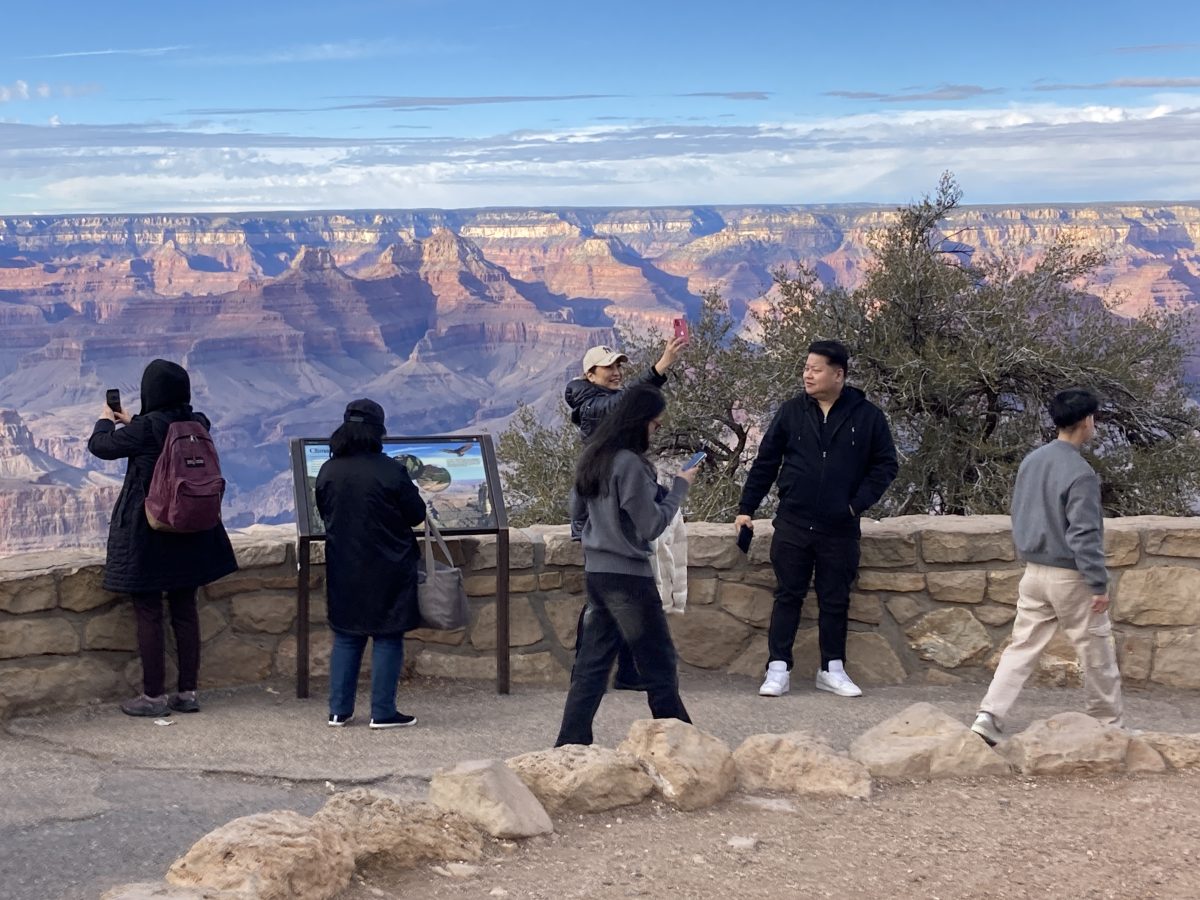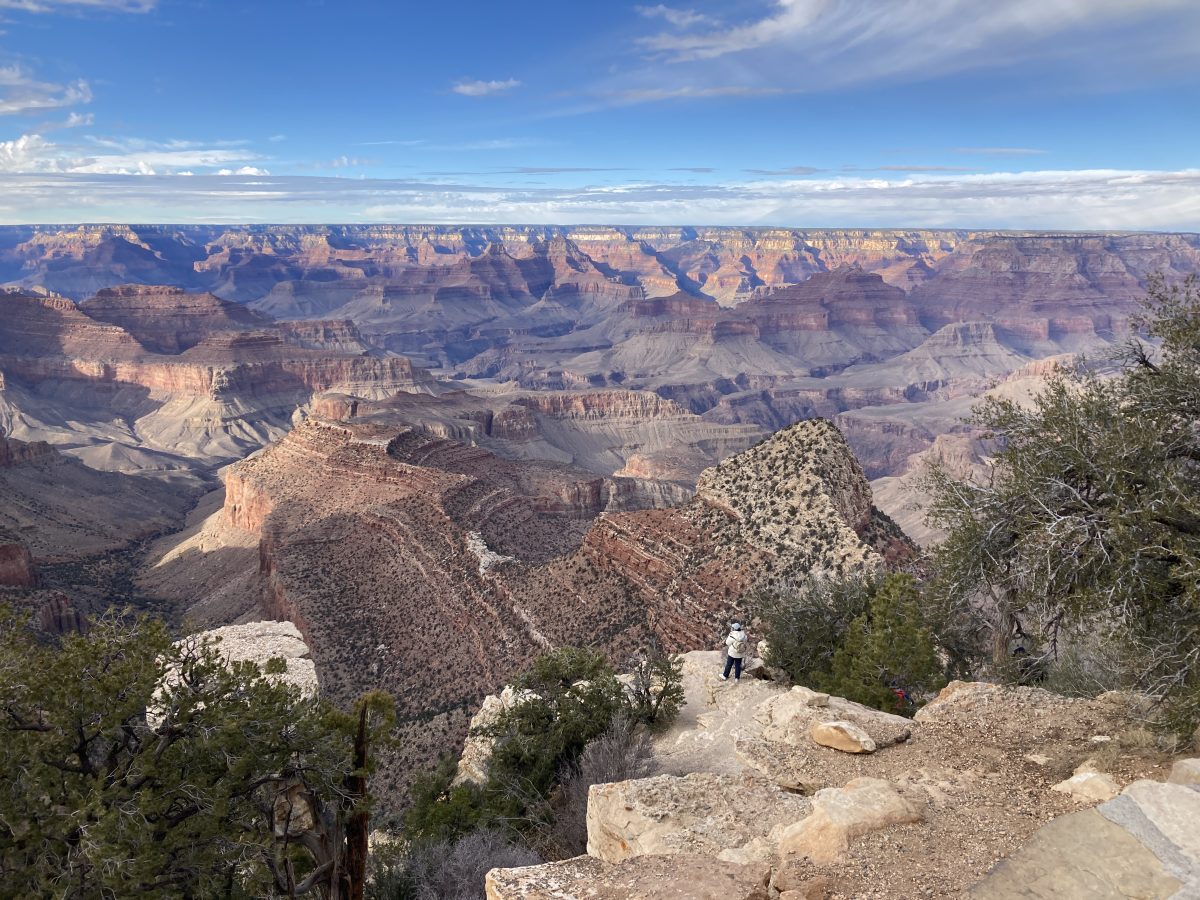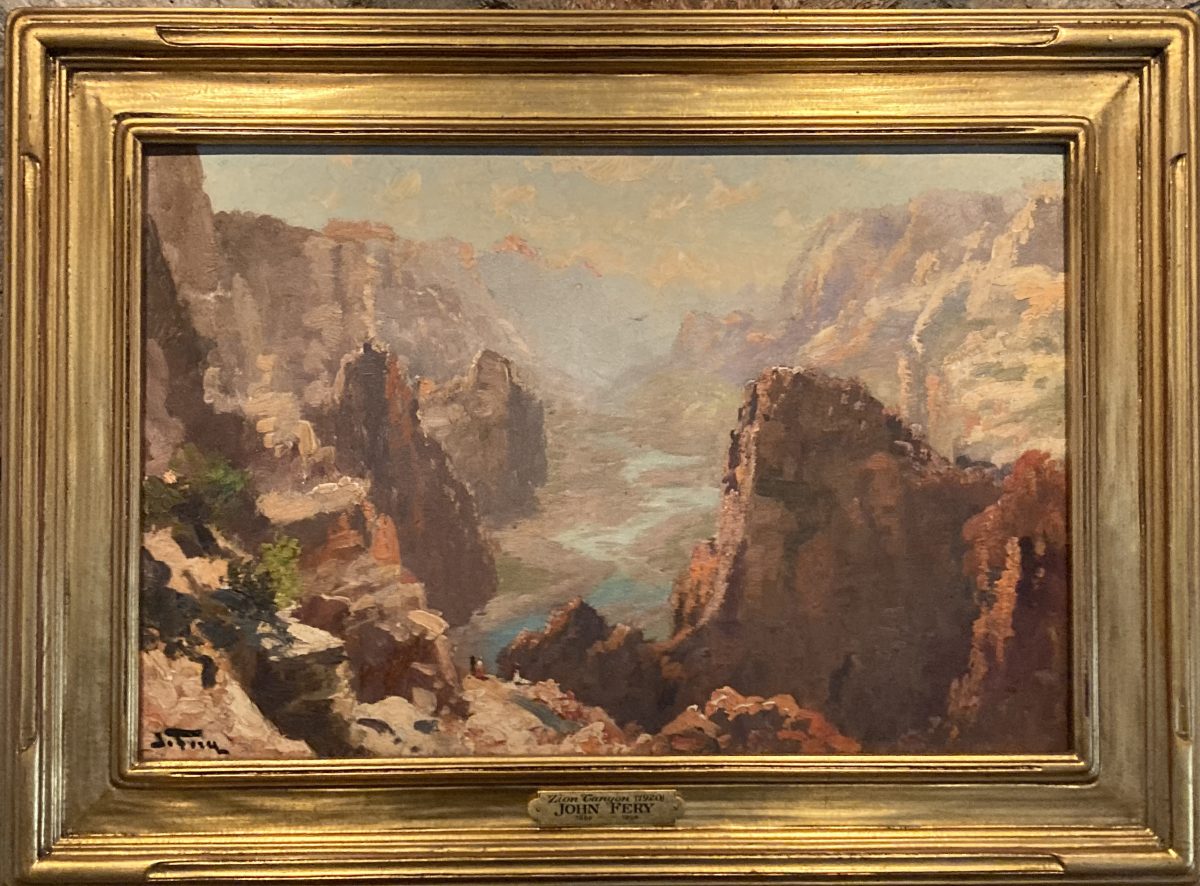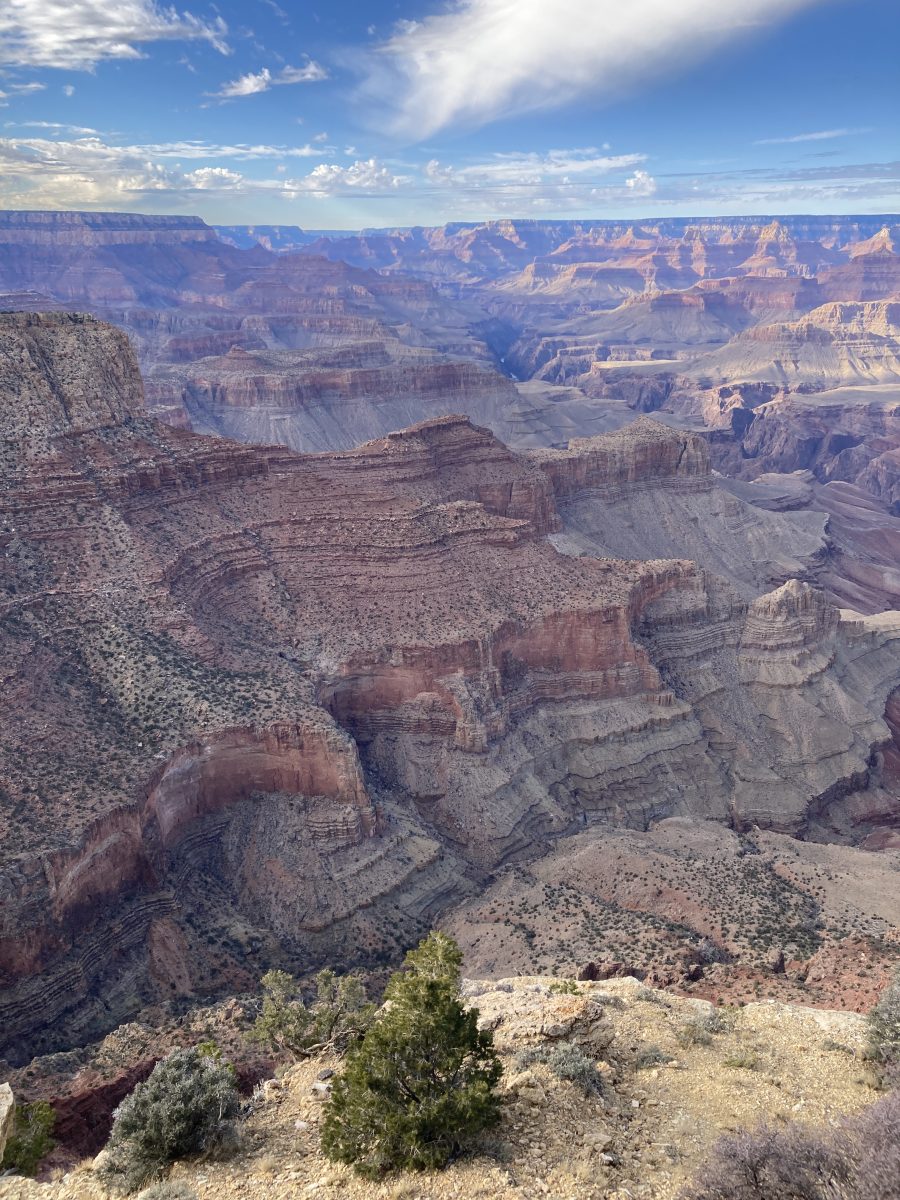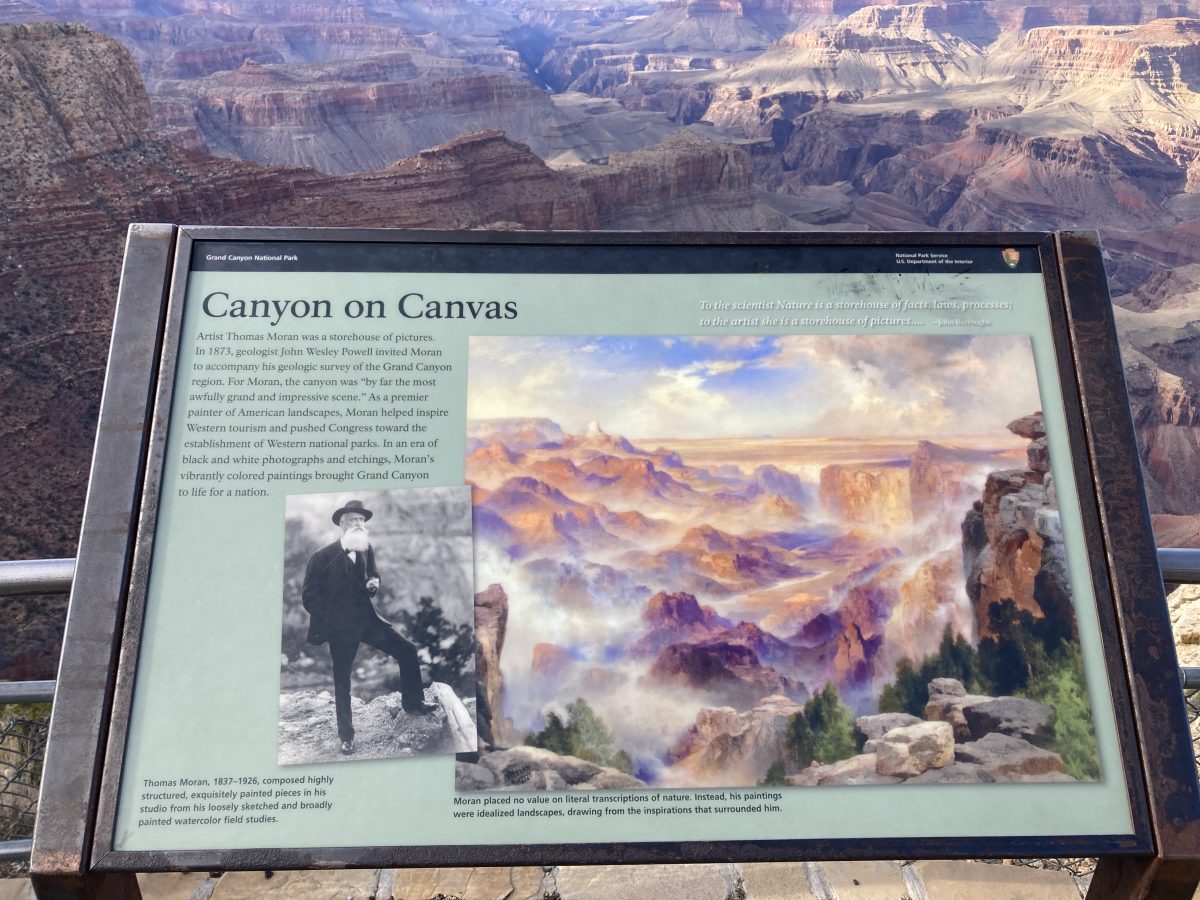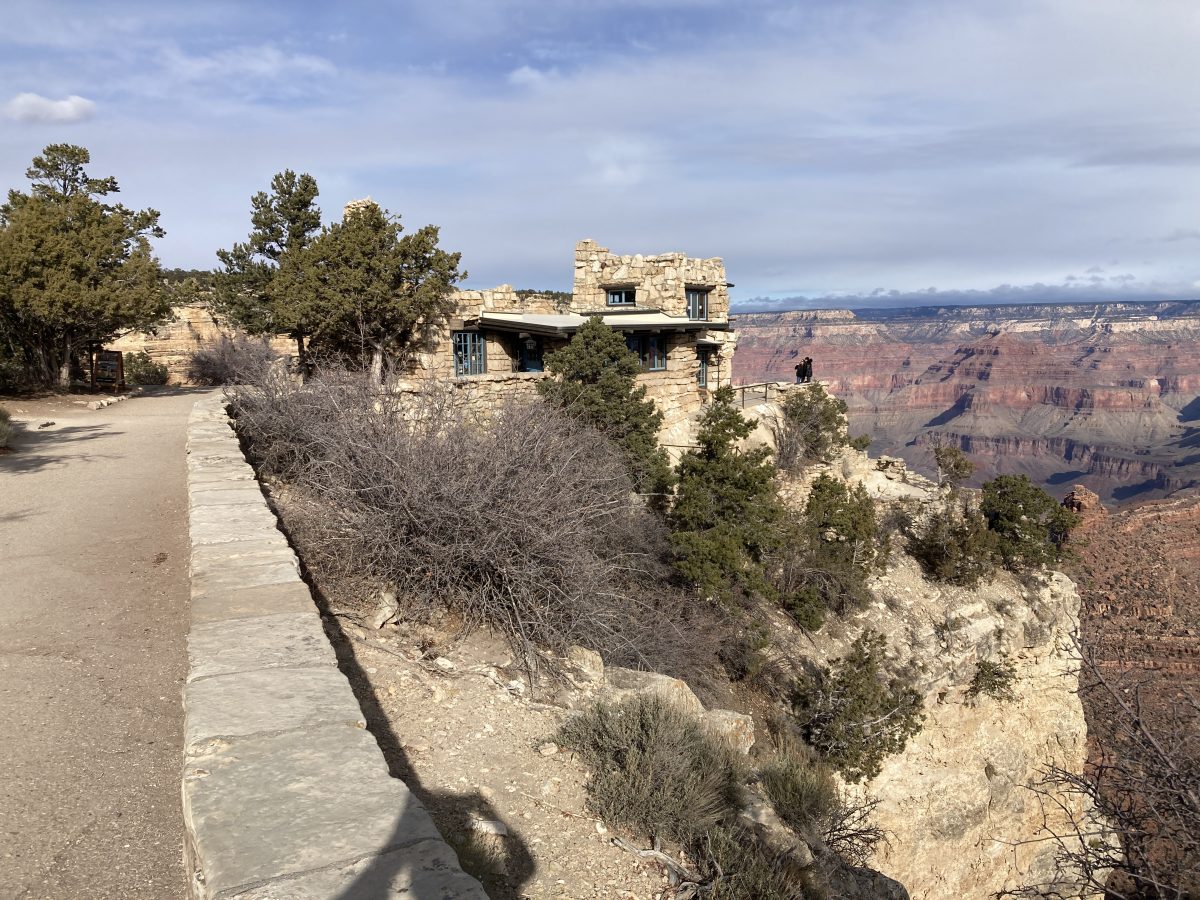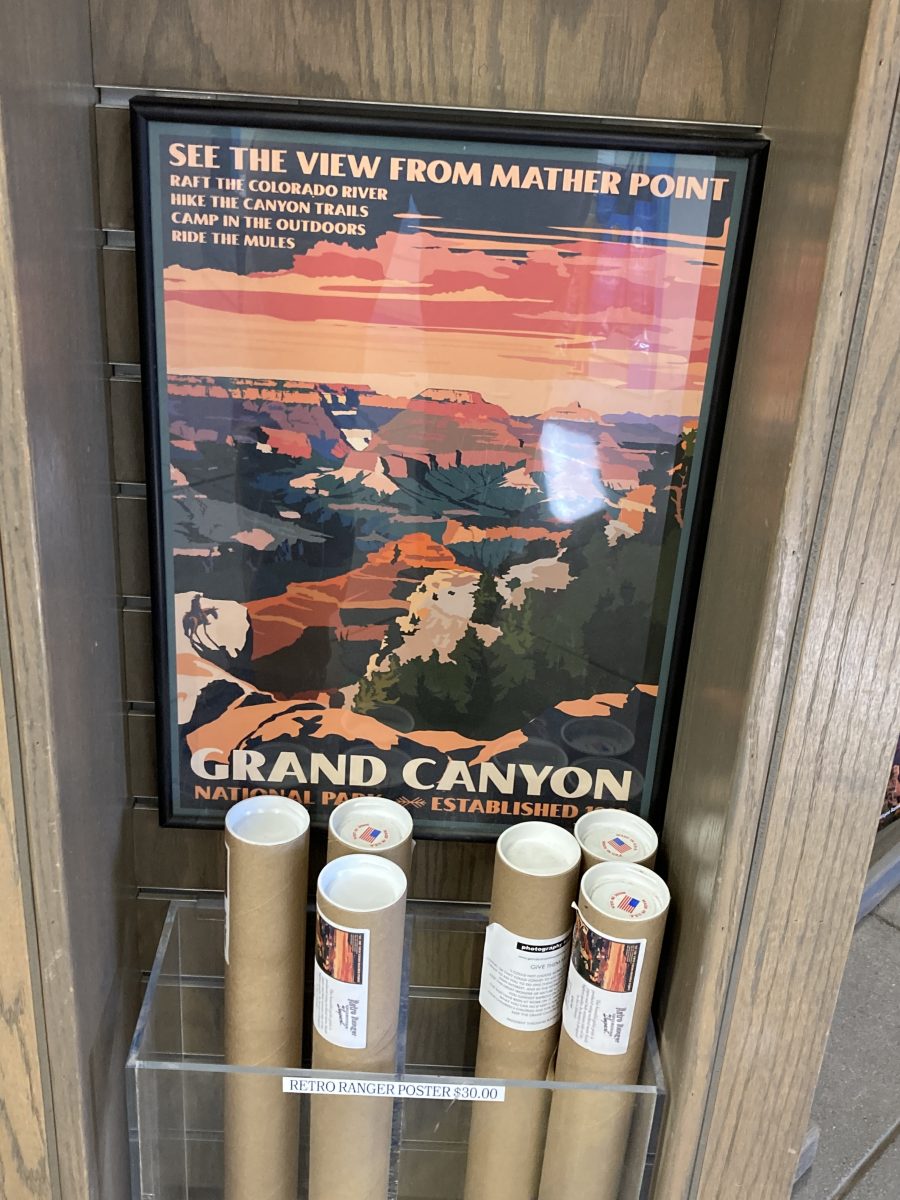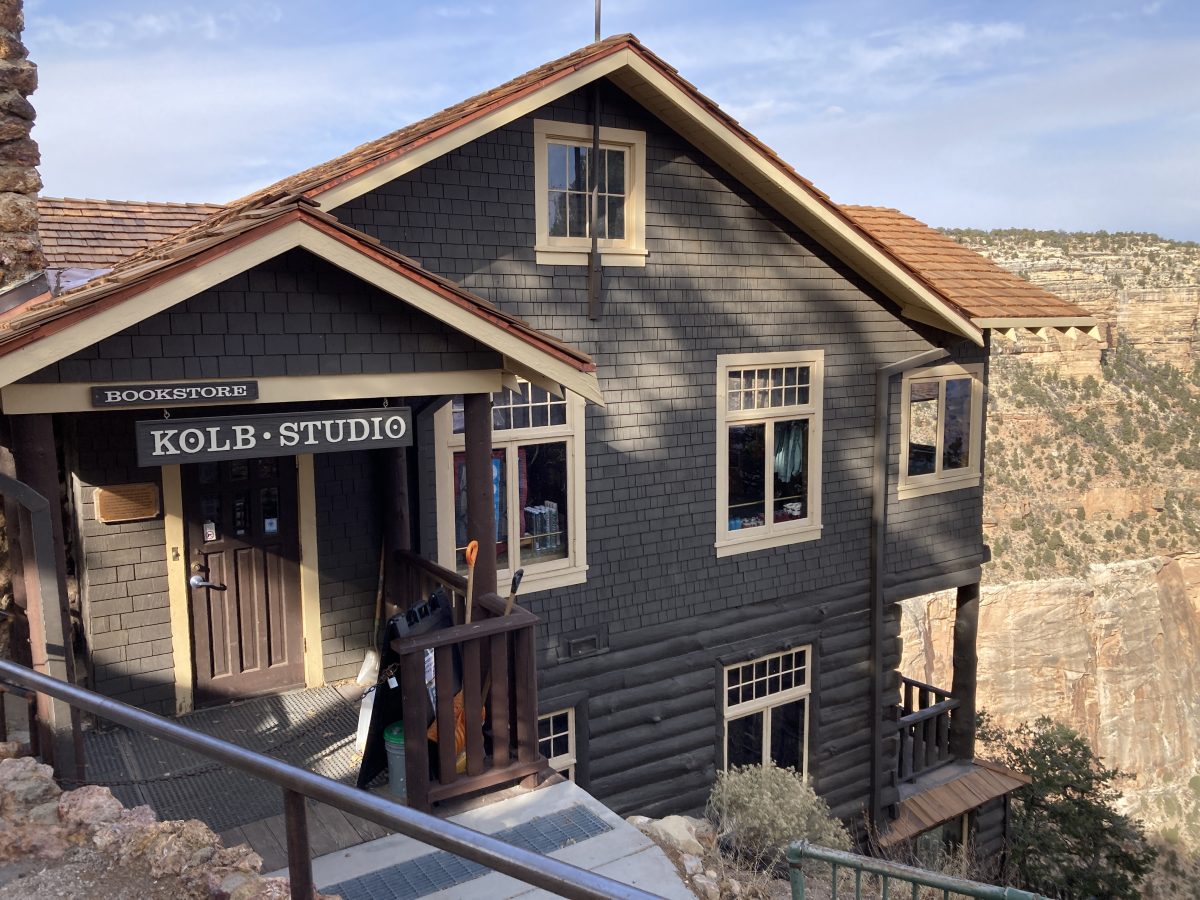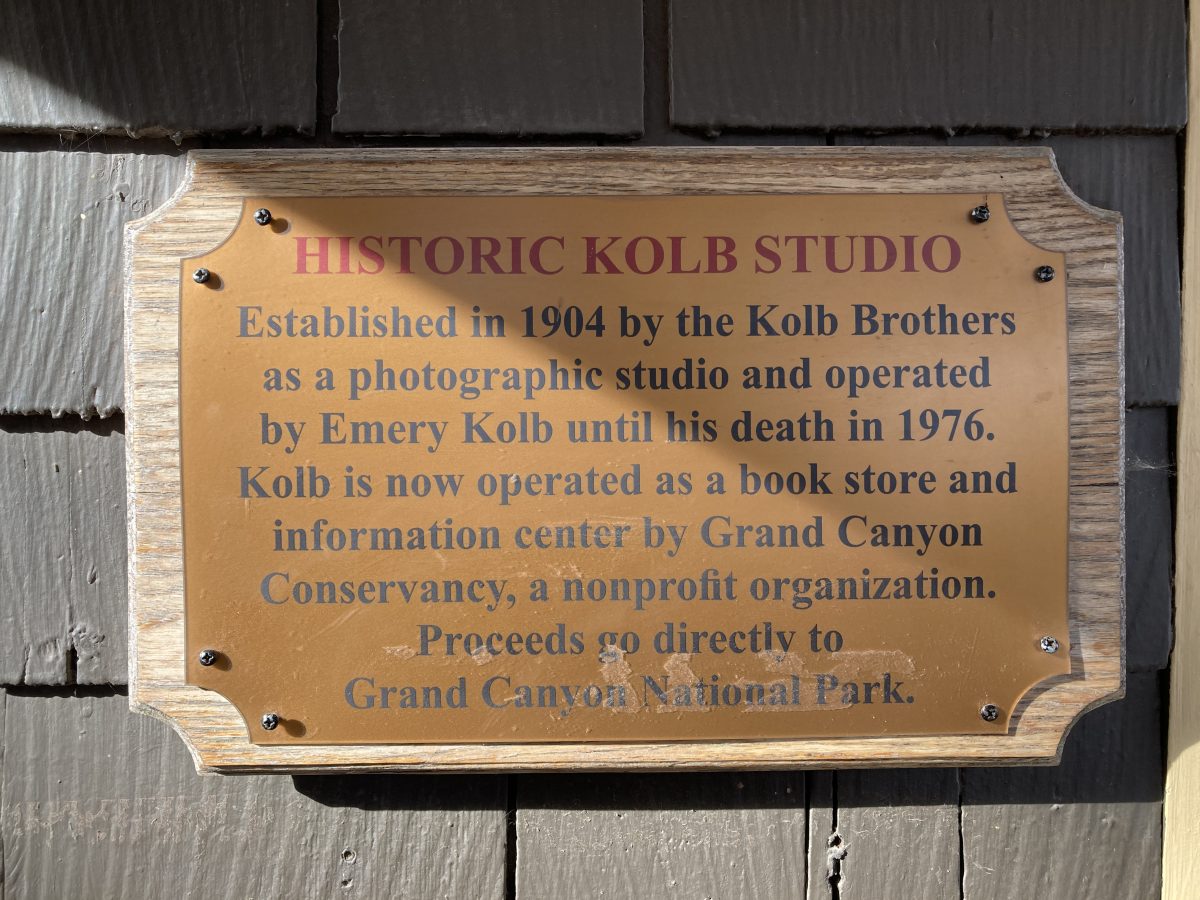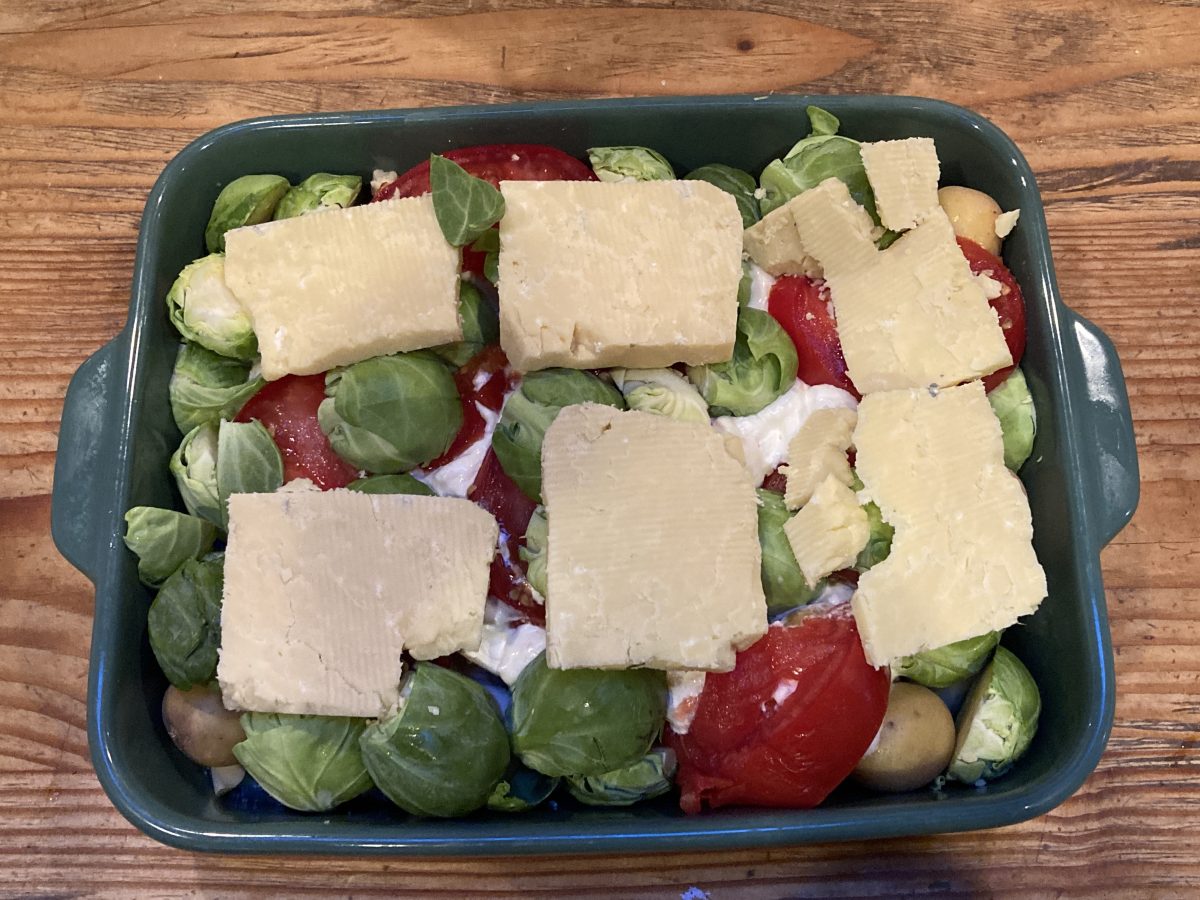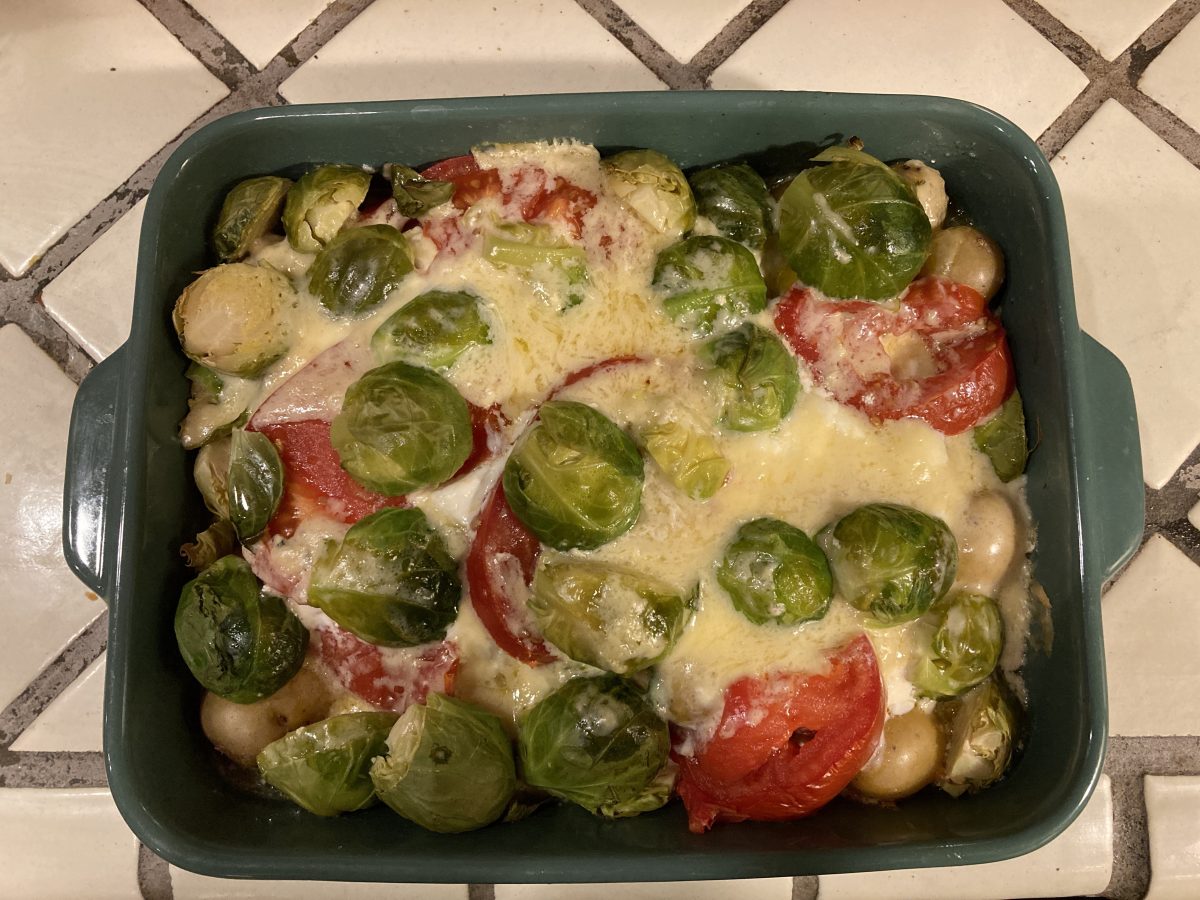Grand Canyon Bound! Every time I peer into this immense void of geologic wonder and nature’s palette of colors, I am always astounded as if it’s my first discovery. And this park almost became private property excepting for the efforts of Teddy Roosevelt after his 1903 visit. Together, with support of the Grand Canyon Association and the Boone & Crockett Club,* he formed the Grand Canyon Game Preserve in 1906 using the powers of the Antiquities Act. The Antiquities Act of 1906** gave him power to preserve endangered lands with the simple stroke of a pen. In 1908 it gained official Monument status and became a National Park in 1919 under Woodrow Wilson.
*Named for Daniel Boone and Davey Crockett, TR founded the Boone & Crockett Club along with George Bird Grinnell in 1887. It was the leading conservation movement of the day and also lobbied for Yellowstone’s preservation.
**The Antiquities Act of 1906 has been employed by every president since its enactment except for Richard Nixon, Ronald Reagan, George H. W. Bush, and Donald Trump. See a similarity here? Viewed as a controversial law, no president has rescinded any lands so proclaimed; however 18 times Congress has limited presidents use of this act–the latest being the reduction–by you-know-who–of Bears Ears National Monument and Grand Staircase-Escalente National Monument–both in the State of Utah. For more about the Antiquities Act click here.
I leave Jackson Hole amidst a blizzard which tempers as I drive south down 89. Note this log drive-marker in the shape of the “Norwegian Salute” which I gradually hone down each year eventually assuming a vulgar, yet deserved salute to my selfish neighbors who pushed the road onto my property–fixing their steep drives and unfixing mine. This marker (four short logs and a cement pad) cost more in 2015 dollars than the entire lower cabin and the two acres (in 1975 dollars)! And the road is still on my property.
Continuing on 89 south all the way, to Arizona, I choose to detour towards Heber Utah and enter the Salt Lake Basin by way of Provo Canyon. I had never driven this route and Provo Canyon is nothing short of spectacular. The upheaval of the Wasatch Range is depicted in this cross-section…..
….drawn by none other than Brian Maebius who for 20+ years has co-created all these WPA designs for me on the computer.
I stay off the interstates taking 89 south eventually spending the night at Panguitch–and was not impressed. Only one hotel was open and the proprietor, whom I could not understand, likely cleaned the rooms with a spray can of deodorant*. I leave town early transiting Glenville, Orderly, an Mt. Carmen and through Freedonia–towns mentioned in John Krakauer’s “Under the Banner of Heaven.” This is solid Mormon country where people put their money into their churches and not into their front yards.
*It was a Econolodge. BTW–I’ve finally clawed back my nights’s stay from the Redding Travelodge after a 300# proprietor jumped the desk and tackled me…..to be posted when I get final resolution. Here is the beginning of that nightmare.
However, a good Mormon breakfast is what I seek and I find one 50 miles south in Kanab. This town is either a church or a off-road vehicle rental. I first stop for at the visitor’s center and ask for a restaurant with waitresses over 60 who call you “honey.” I wasn’t disappointed with the sumptuous breakfast served up quickly at the Parry Lodge on the main street through town.
In the Visitor Center, I discovered this relief map. I’ve lately been interested in the evolution of these relief maps–many were made for our National Parks back in the 1920s and 30s, and are briefly mentioned in my fabulous book “Ranger of the Lost Art.” This contemporary one is in the Kanab Utah Visitors Center (below) and shows southern Utah and northern Arizona with the Grand Canyon on the lower left. Lake Powell on the upper right. The purple center splotch is Vermillion Cliffs where the Colorado River contorts through the redrock. I don’t like these colors though. Here, there are two areas worthy of stopping: Navajo Bridge and Lee’s Ferry–a favorite put-in spot to launch rafts that float the Grand Canyon.
Leaving Kanab, one descends down to the Colorado River along the Vermillion Cliffs…..
….clearly described by this roadside interpretive signs. This, folks, is why we have National Parks and Park Rangers.
Paria Canyon near Lee’s Ferry and below, the Navajo Bridge….
If you look center just above the angle of darker rock–there is a condor. There are now over 560 of these birds with half in the wild in Utah, Arizona, California and Mexico. When I did my NPS Centennial tour in 2016, I stopped here and saw nothing–well, I didn’t see any condors–there were only 250 then. Fortunately good science has brought these magnificent birds back, at least for now. Trump, with arm-twisting by the NRA ,and that scoundrel, Wayne LaPierre (whose wife sits on the NPF Board) allowed lead shot to be reintroduced so NRA members could feel more manly. This lead is eaten by any scavengers including the condors and as a result, each bird has to be recaptured twice a year and de-leaded. Yes, at the taxpayer’s expense.
Entering Grand Canyon from the east, one first visits Desert View Watchtower. This building was designed by Mary Jane Colter who also designed many other building here at Grand Canyon for the Fred Harvey Company. It is just over 70′ high and resembles an ancestral Puebloan watchtower similar to those found at Hovenweep. The central entrance room is kiva style and built from logs salvage from the Grandview Hotel and sports a fireplace. Ms. Colter built a temporary tower to experience the view before embarking on this massive structure. This was the last of her architectural projects at Grand Canyon. The tallest Ancestral Puebloan tower is at Mesa Verde–called Square Tower–and was the subject of my WPA style print of that park.
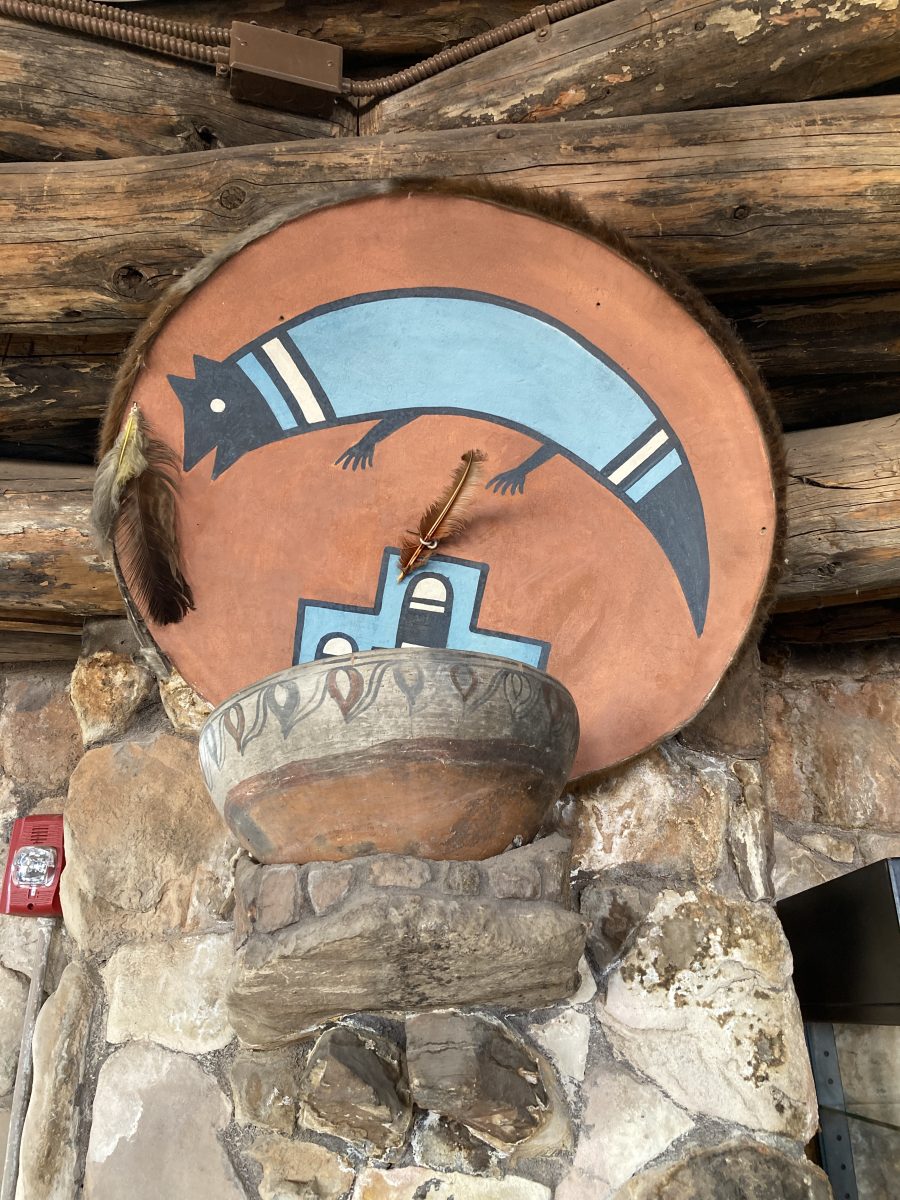 Ceremonial shields decorating the Kiva Room at Desert View Watchtower–braced by ancient pottery.
Ceremonial shields decorating the Kiva Room at Desert View Watchtower–braced by ancient pottery.
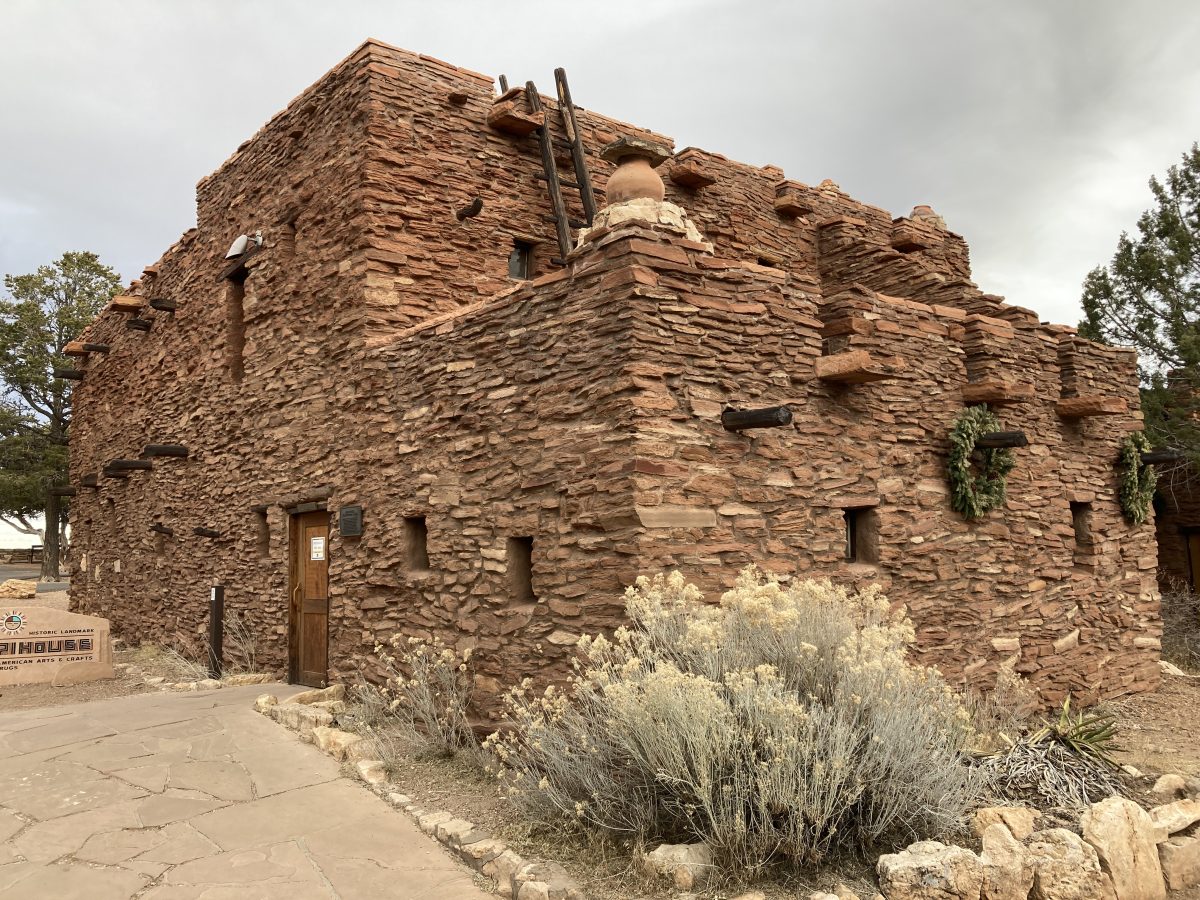 Hopi House was also designed by Mary Colter and was in the same style as Hopi dwellings on the nearby First Mesa. Hopi land is within the Navajo Reservation and there is still much contention; much like the Tlingit-Haida wars that still exist in Alaska. In 1978 I was invited to dinner at Third Mesa–Hotevilla-Bakavi Village–after attending the Hopi Snake Dances. I couldn’t take any photographs then–cameras were strictly forbidden–however this video is on file with the Library of Congress. The Hopi would gather snakes for days putting them first in a corn-husk stockade and then reaching in and grabbing whatever they could find, put the snake in their mouth an dance! Quite exciting! Here is an old photo framed in rattlesnake hide of Walpi Village on First Mesa to give you an idea of Hopi life:
Hopi House was also designed by Mary Colter and was in the same style as Hopi dwellings on the nearby First Mesa. Hopi land is within the Navajo Reservation and there is still much contention; much like the Tlingit-Haida wars that still exist in Alaska. In 1978 I was invited to dinner at Third Mesa–Hotevilla-Bakavi Village–after attending the Hopi Snake Dances. I couldn’t take any photographs then–cameras were strictly forbidden–however this video is on file with the Library of Congress. The Hopi would gather snakes for days putting them first in a corn-husk stockade and then reaching in and grabbing whatever they could find, put the snake in their mouth an dance! Quite exciting! Here is an old photo framed in rattlesnake hide of Walpi Village on First Mesa to give you an idea of Hopi life:
Then there is the El Tovar….
El Tovar was designed by Kansas architect Charles Whittlesley and opened in 1905, two weeks after Hopi House. It was the grandest, and now the oldest, of the Fred Harvey hotels and was operated in conjunction with the Santa Fe Railroad. In his first visit in 1903, Teddy Roosevelt admonished any development on the rim–naturally, the architects quickly expanded the footprint of this magnificent hotel.
I stayed here for one night in preparation for my meeting with the top brass the next morning. Expecting a brush-off, I spend one hour with the Superintendent, Chief of Interpretation, the Executive Director of the Grand Canyon Conservancy, the Chief of Communications and others. They got both barrels but we all shook hands and are moving in better directions. You can read my blogpost here for the reasons why I’m now personally meeting with the superintendents of every major park in the system. Where is my joust and the windmill? Read on…..
At my meeting the following morning, I point out to the park staff that there is no reason to sell WPA socks in public funded NPS bookstores…… when they won’t even carry my book which explains the history of the WPA and the contributions they made to develop the NPS museum program. They do carry my poster (r) and have for 30 years. Only 40s originals have turned up of this rare set–with five copies of Grand Canyon. Here is a post of the last one I authenticated.
Decorating the El Tovar lobby are oil paintings from the likes of William R. Leigh….
Each support pillar has it’s unique motif.
Grand Canyon has visitors from every nation on the planet–there is no other comparable geographic feature. The hotel sits virtually on the Bright Angel Fault which runs to the north rim at an elevation gain of 1500 additional feet reaching 8000′ on the North Rim. Marathons are run between the rims with astonishing times. I once hiked down Kaibab to Phantom Ranch and back up Bright Angel arriving at El Tovar before dinner! Don’t try this unless you are in excellent shape.
These folks caught my eye. I’ve a similar painting by John Fery, but in Zion:
There are three people and……a condor. This was painted in 1922 when the condor populations were in steep decline–plummeting to just 18 birds.
Geologic time runs from Pre-Cambrian to Kaibab. If you add two layers (Moenkapi and Chinle) above Kaibab, you arrive at the Petrified Forest geology described in this previous blog.
Thomas Moran painted the canyon in a free style like Albert Bierstadt. Many of Moran’s larger works are on currently on display at the Department of the Interior Museum. Moran’s daughter, Ruth, donated 240 paintings and artifacts to the National Park Service in 1935. I’m trying to track these down.
The lookout studio–also designed by architect Mary Colter.
….complete with WPA knockoffs.
My third favorite rim-house–The Kolb Studio. This an art studio with local artists and a NPS run bookstore. When I first began publishing the WPA national park poster, Kolb framed my complete set of historic reproductions displaying them down the staircase to the lower lever where the art studio is. You can almost spit to the bottom of the canyon from here. Annually, people fall over and are killed. And the wind carries garbage great distances.
A little more history.
OK–I can see everyone is winded–especially after that Bright Angel-Kaibab loop hike–so I’ll leave you with this recipe of Doug’s Halibut Casserole: In a medium size casserole pan, place a 1# halibut filet. Paint over with a mayonnaise/sour cream sauce. Spice with salt & pepper and your favorite additions. Add lay of sliced ripe tomatoes. Layer a checkerboard of small potatoes and halved Brussel sprouts and final layer of sharp white cheddar cheese. Cover with foil and bake 1 hour at 375F and enjoy.
One hour later….
That was a lot of art and architecture and miles driven. Enjoy with a good Chardonnay. Stay tuned!

